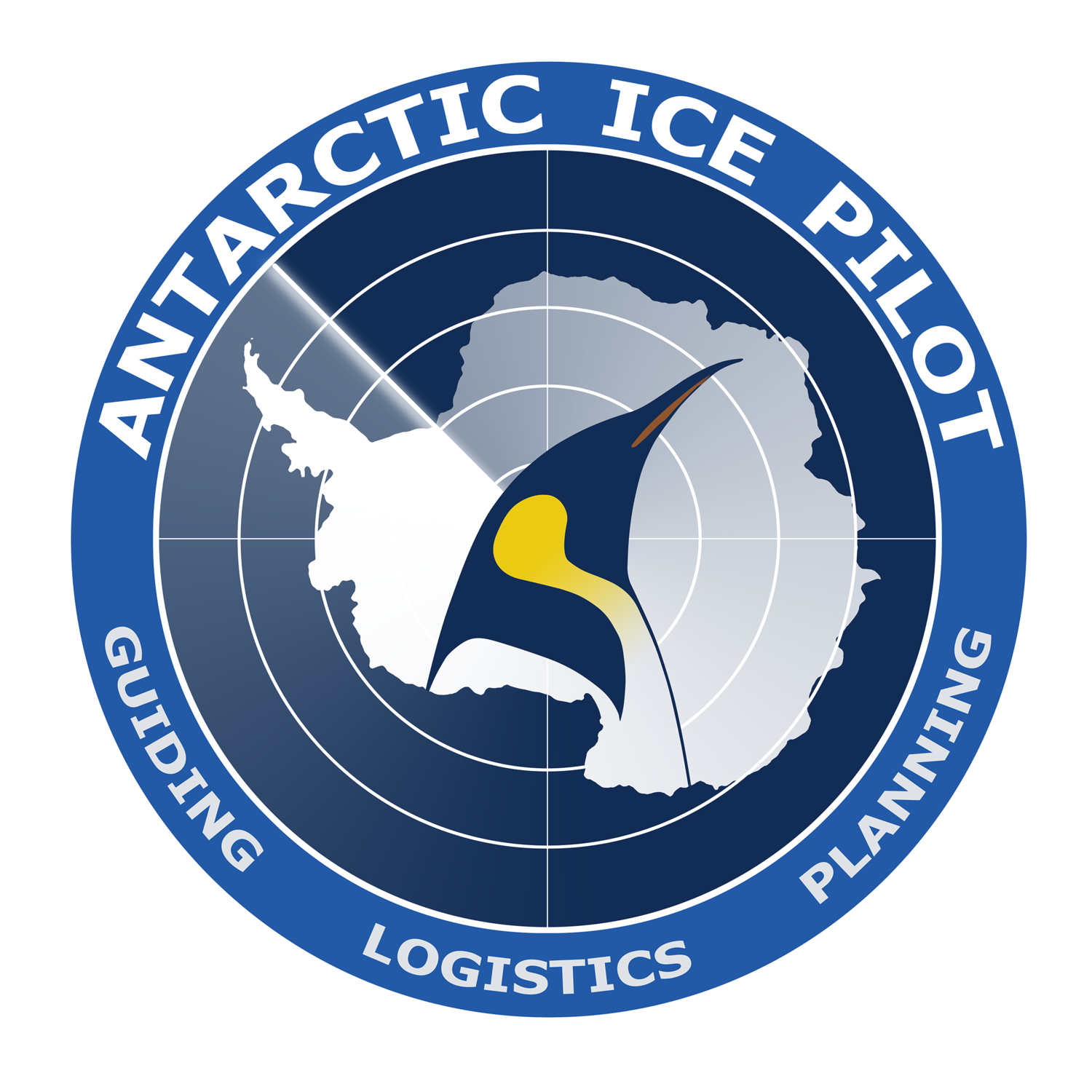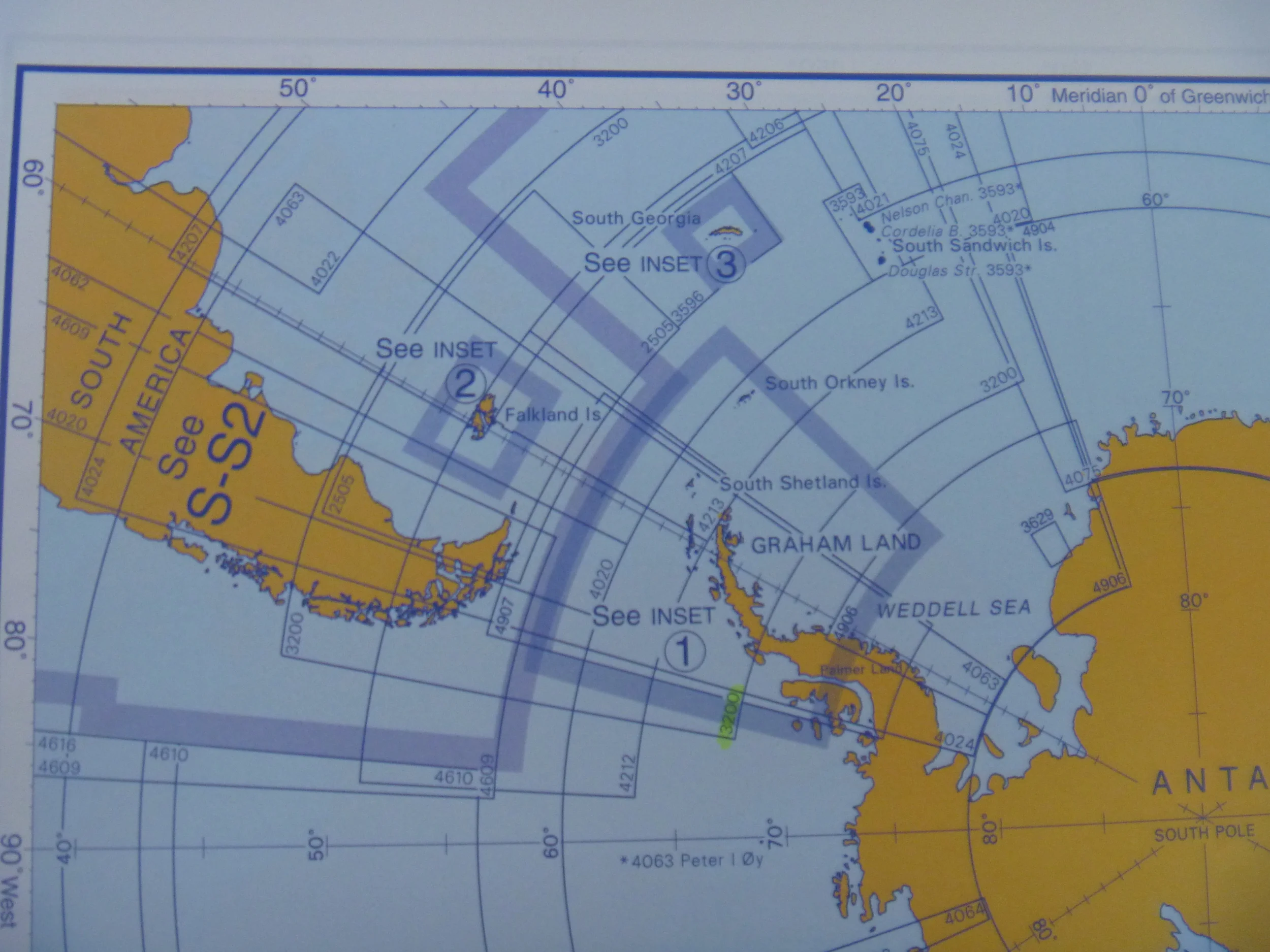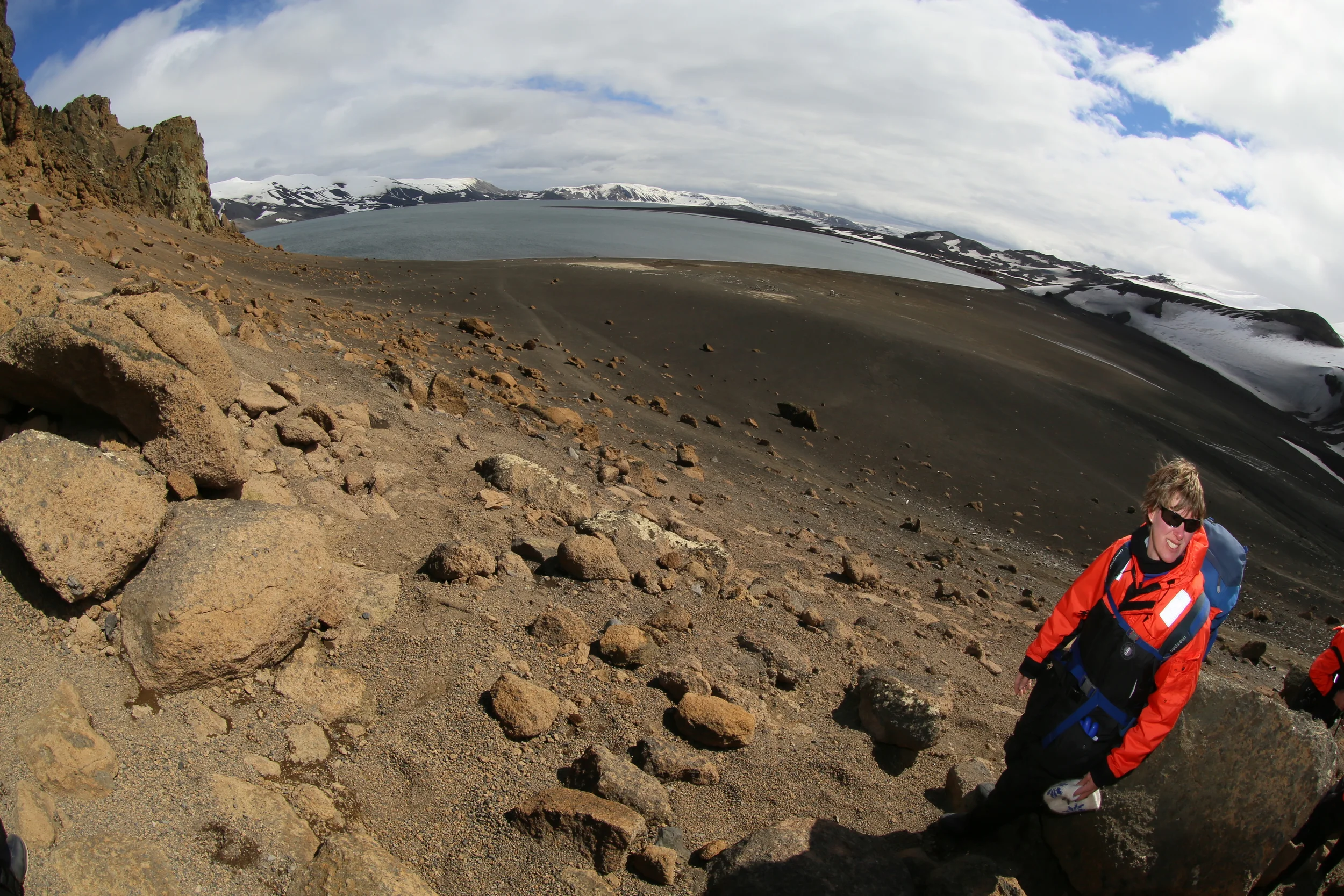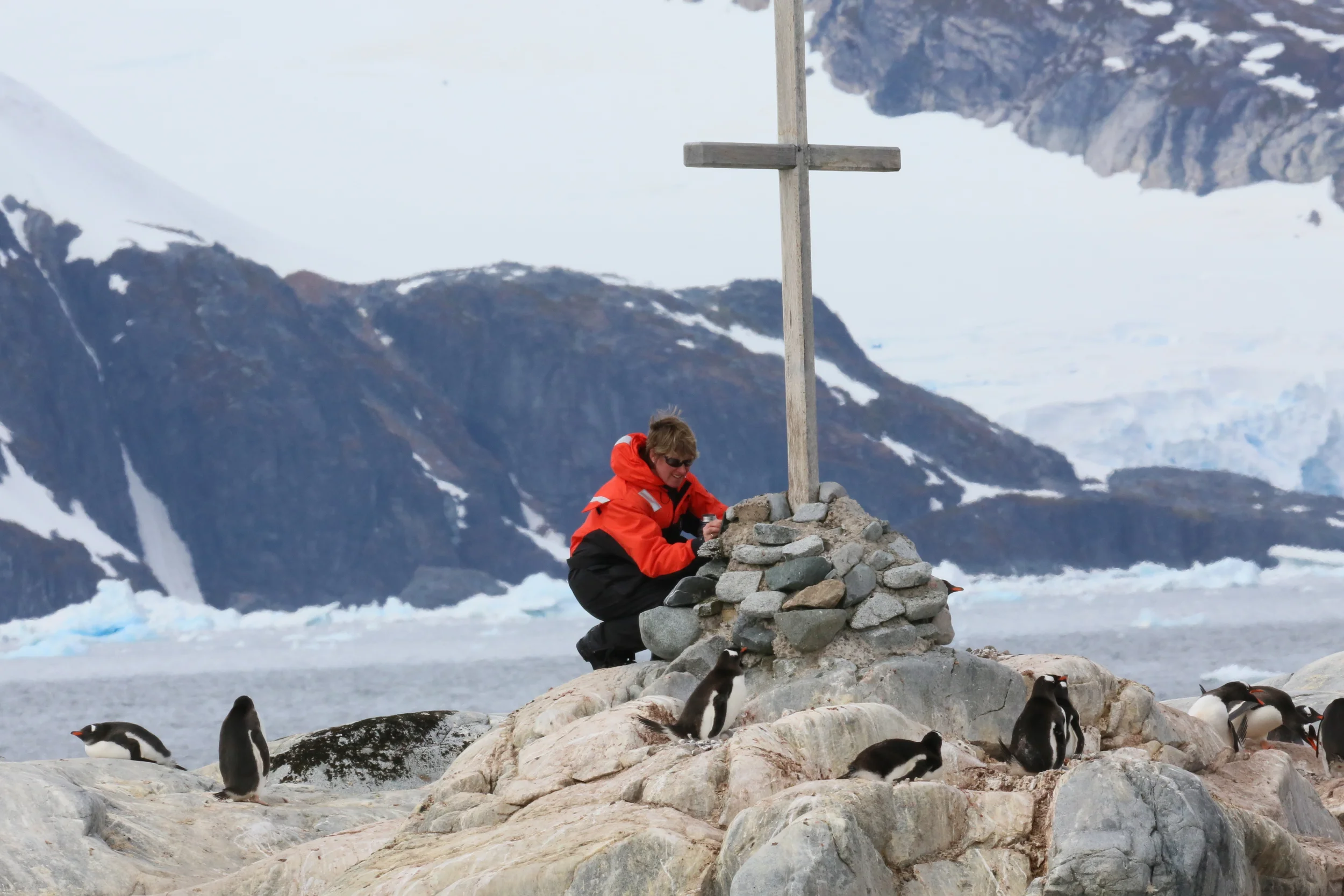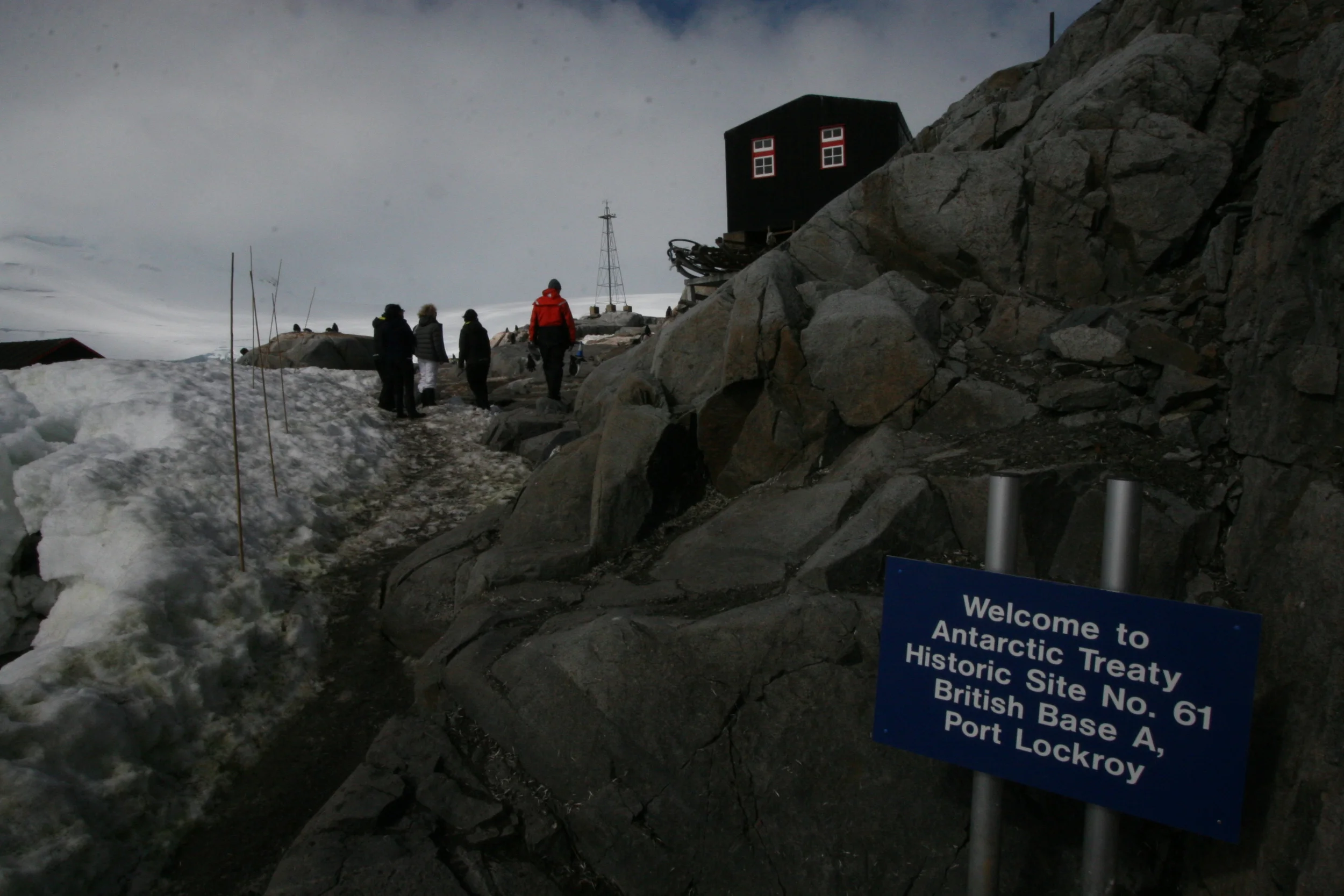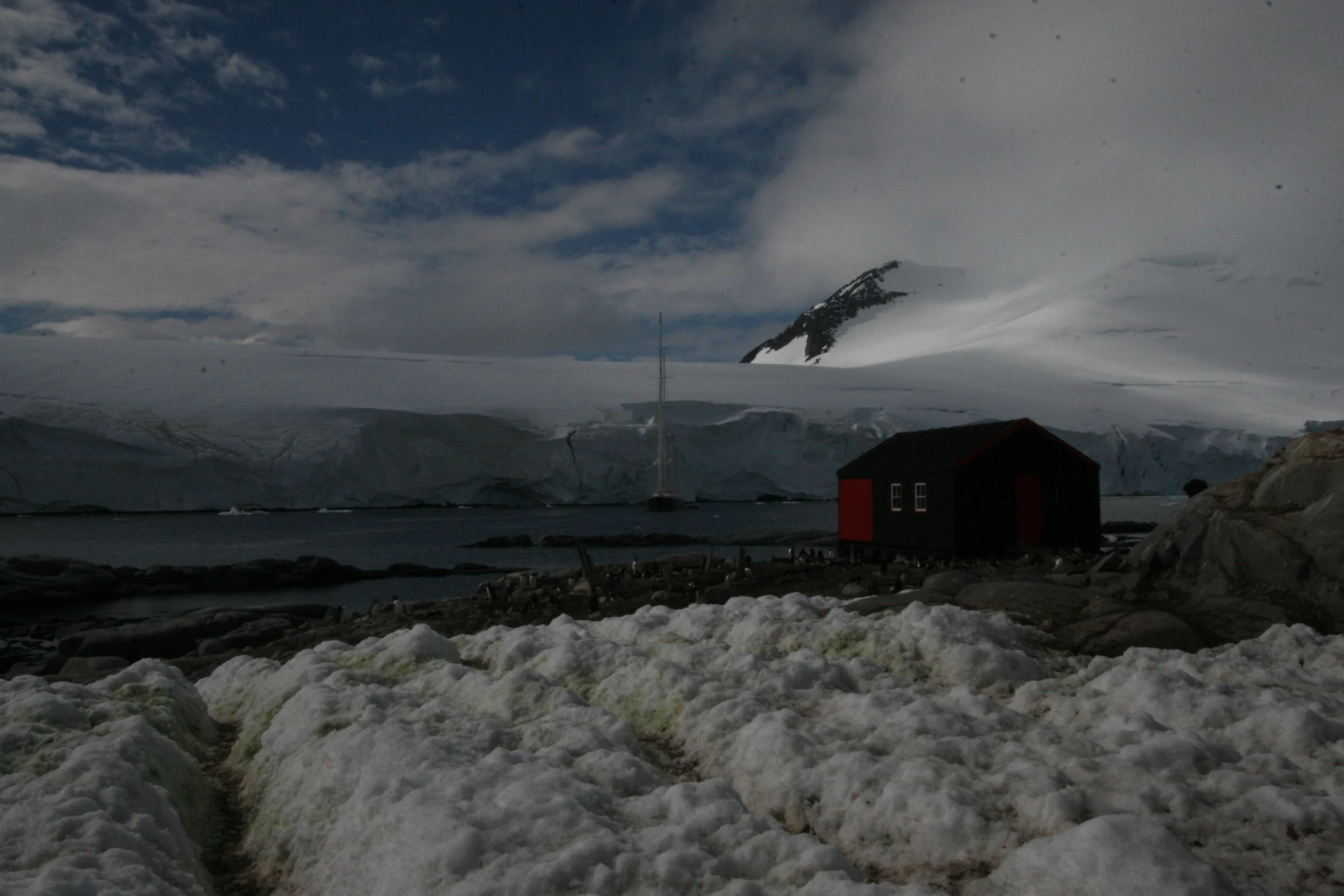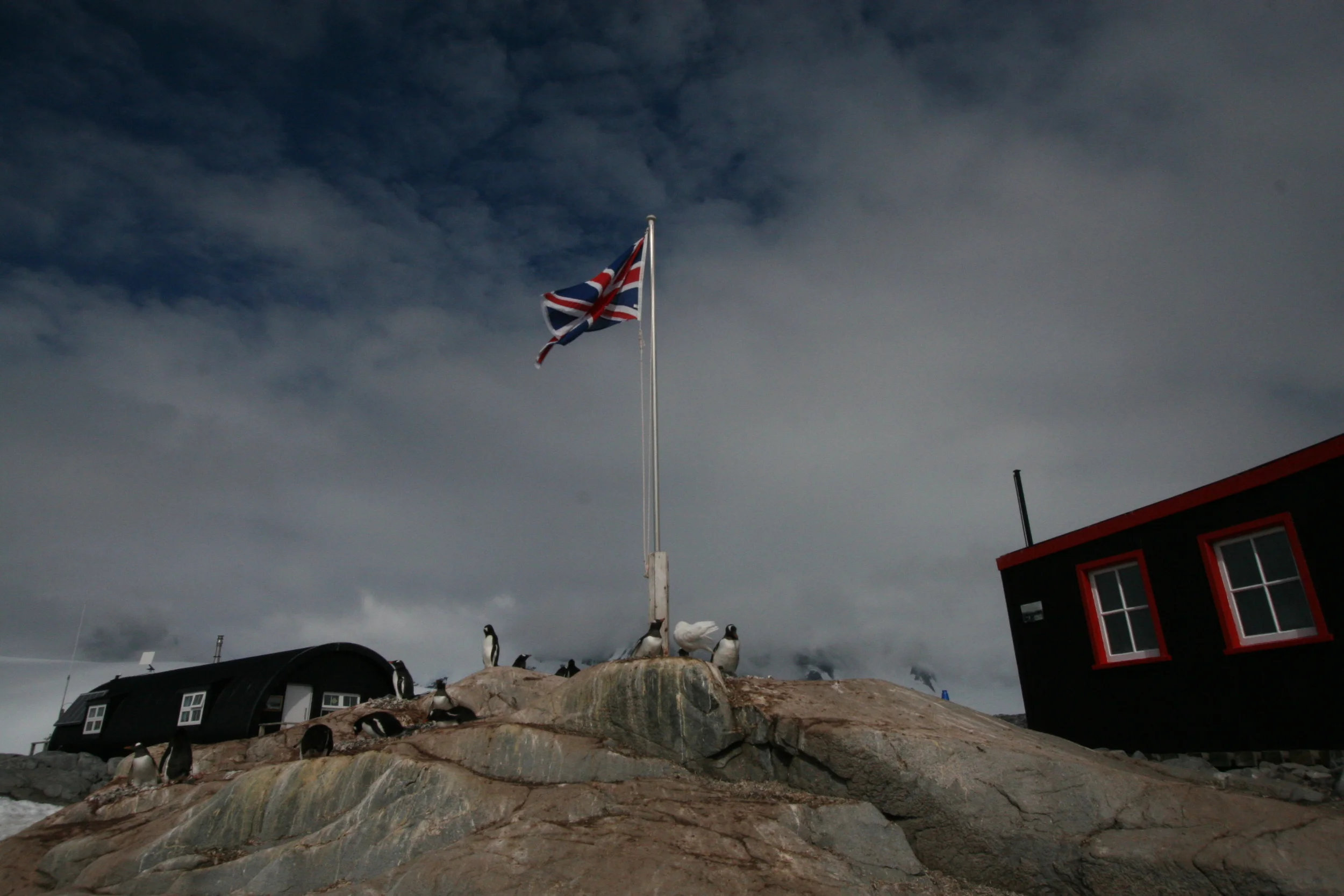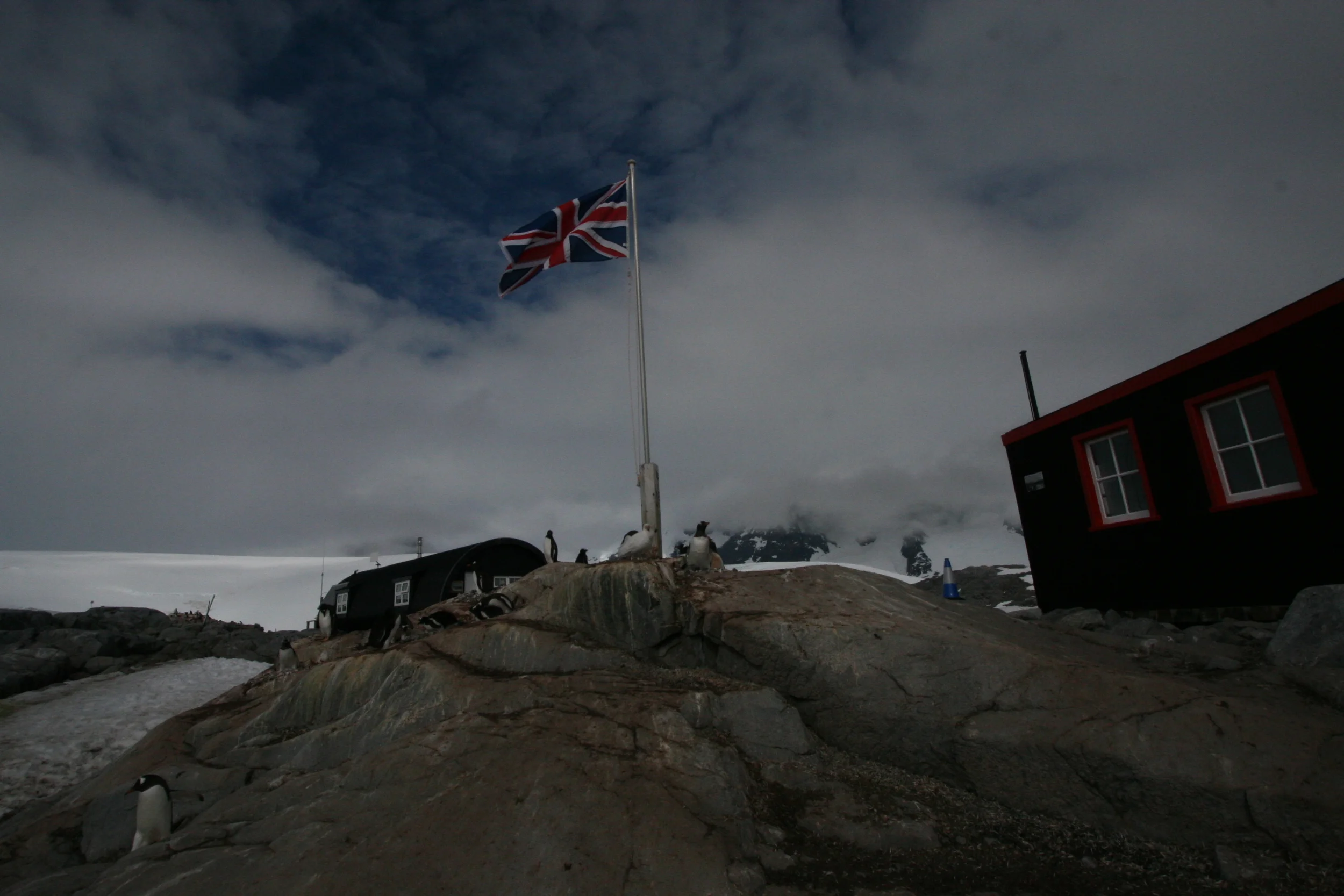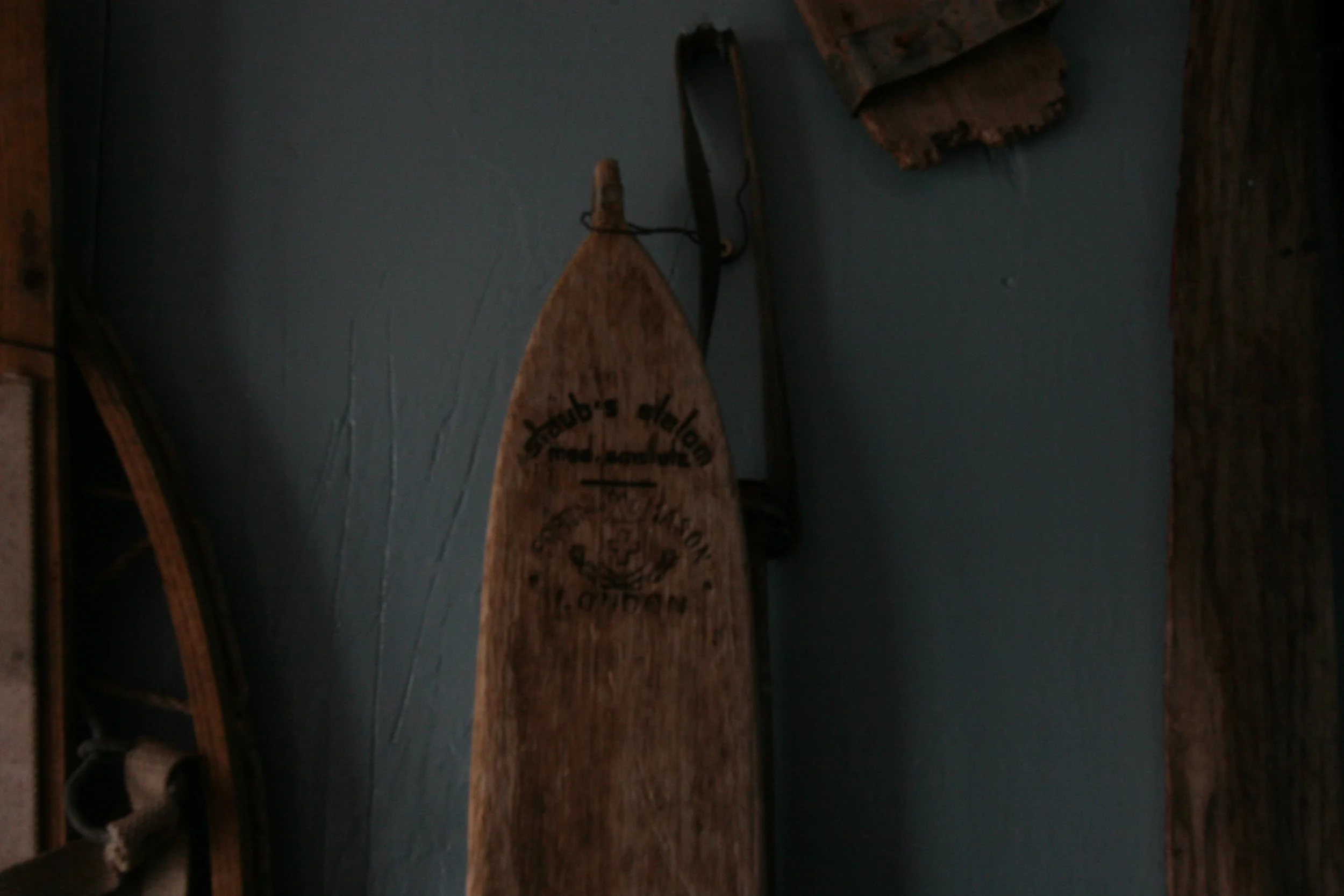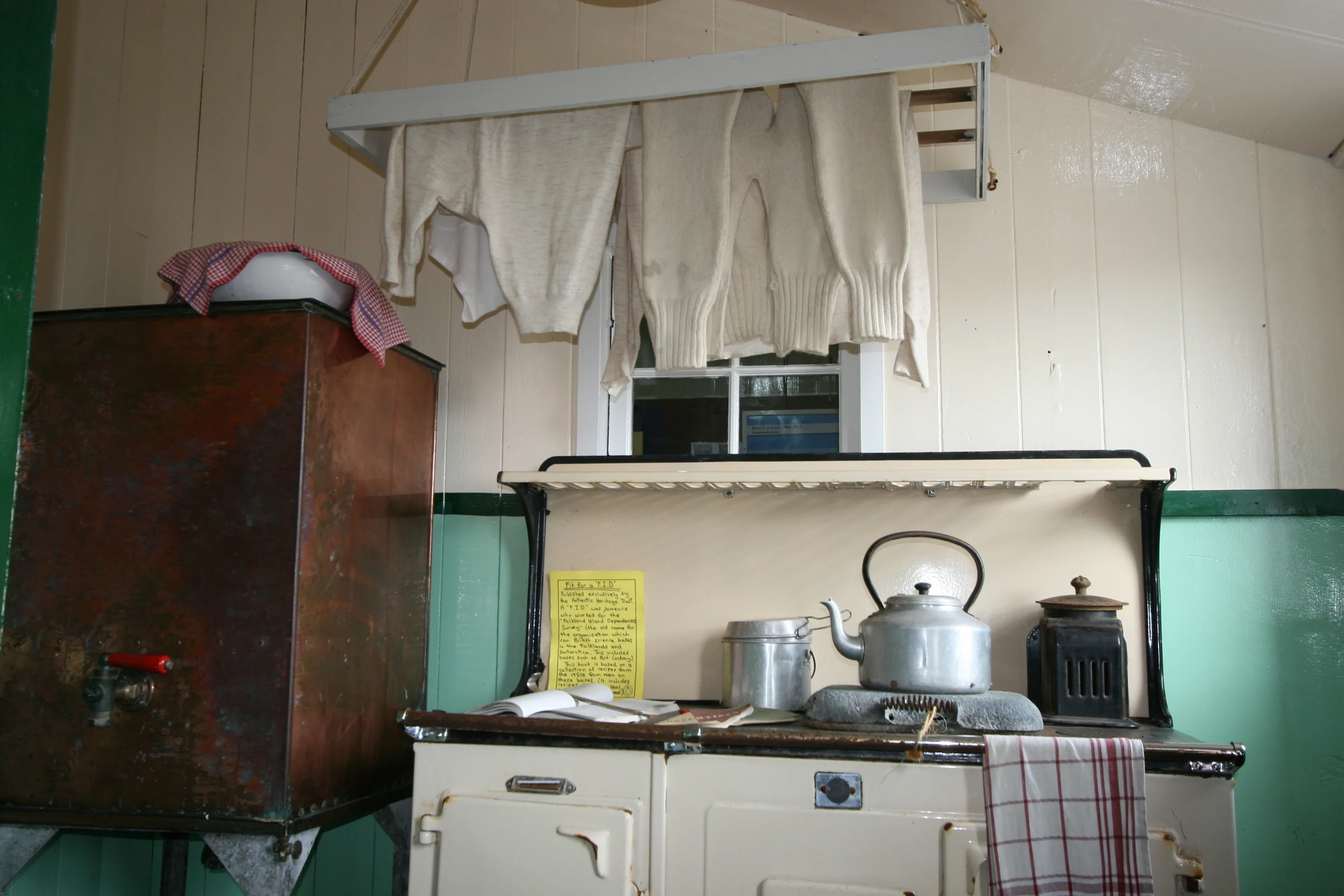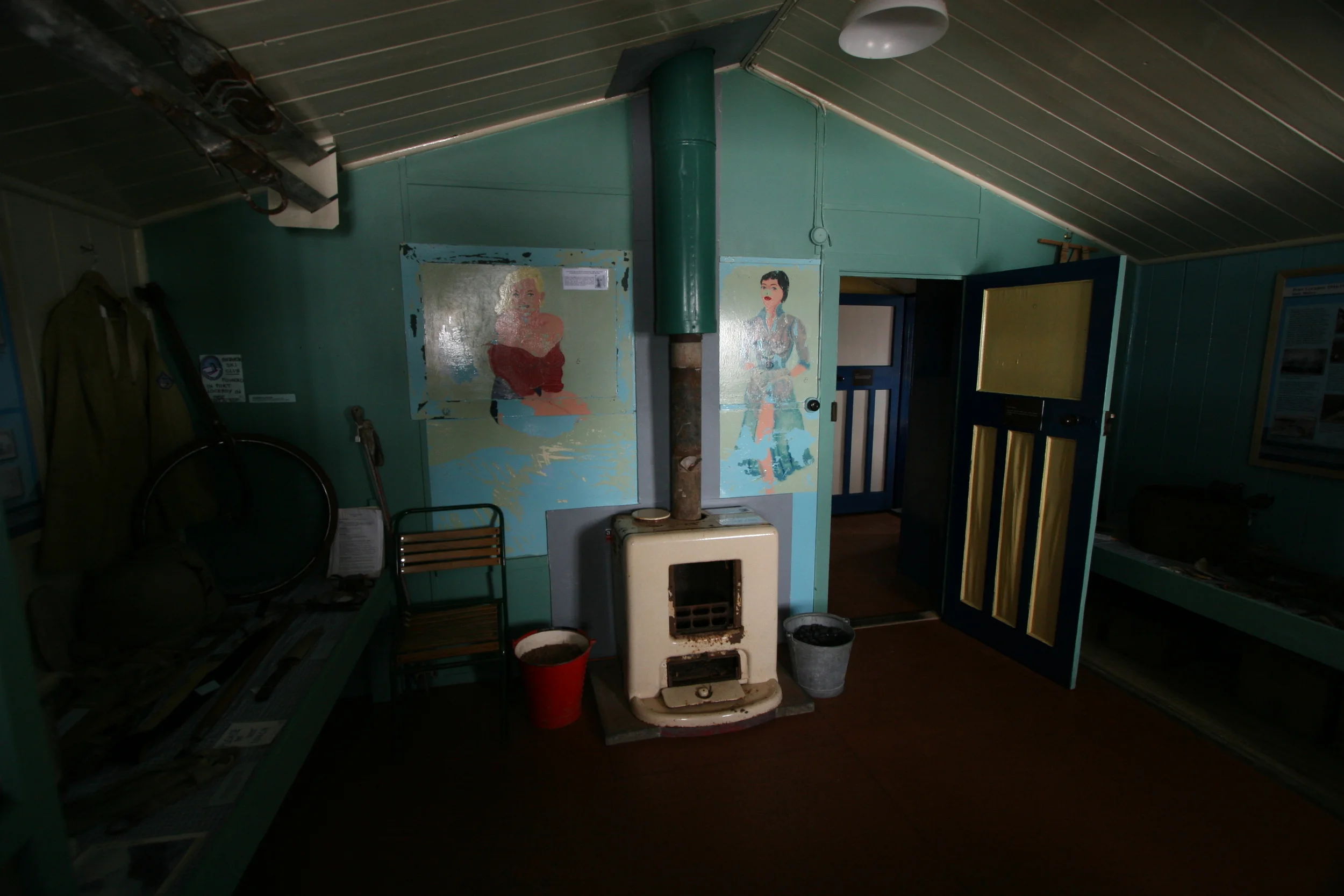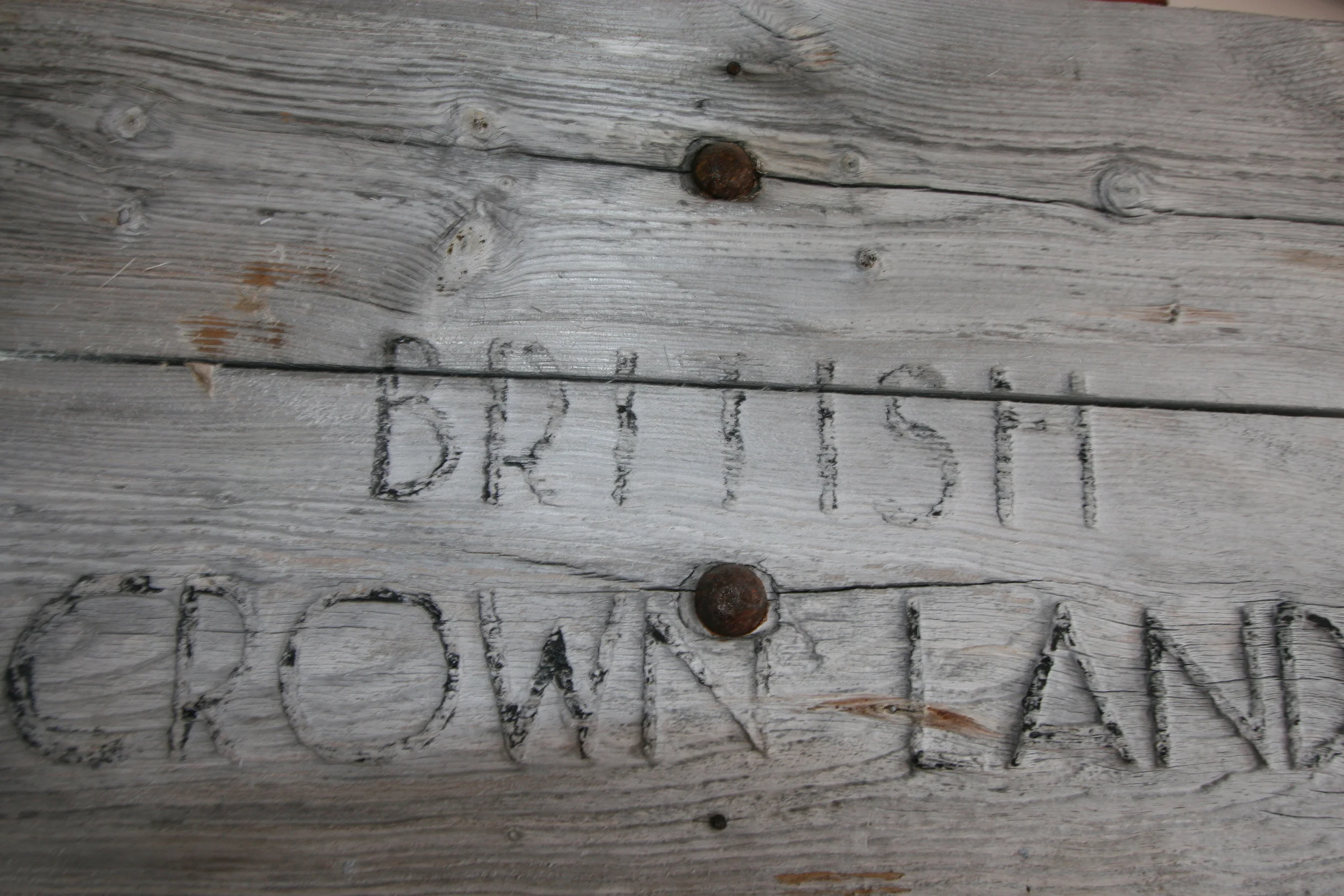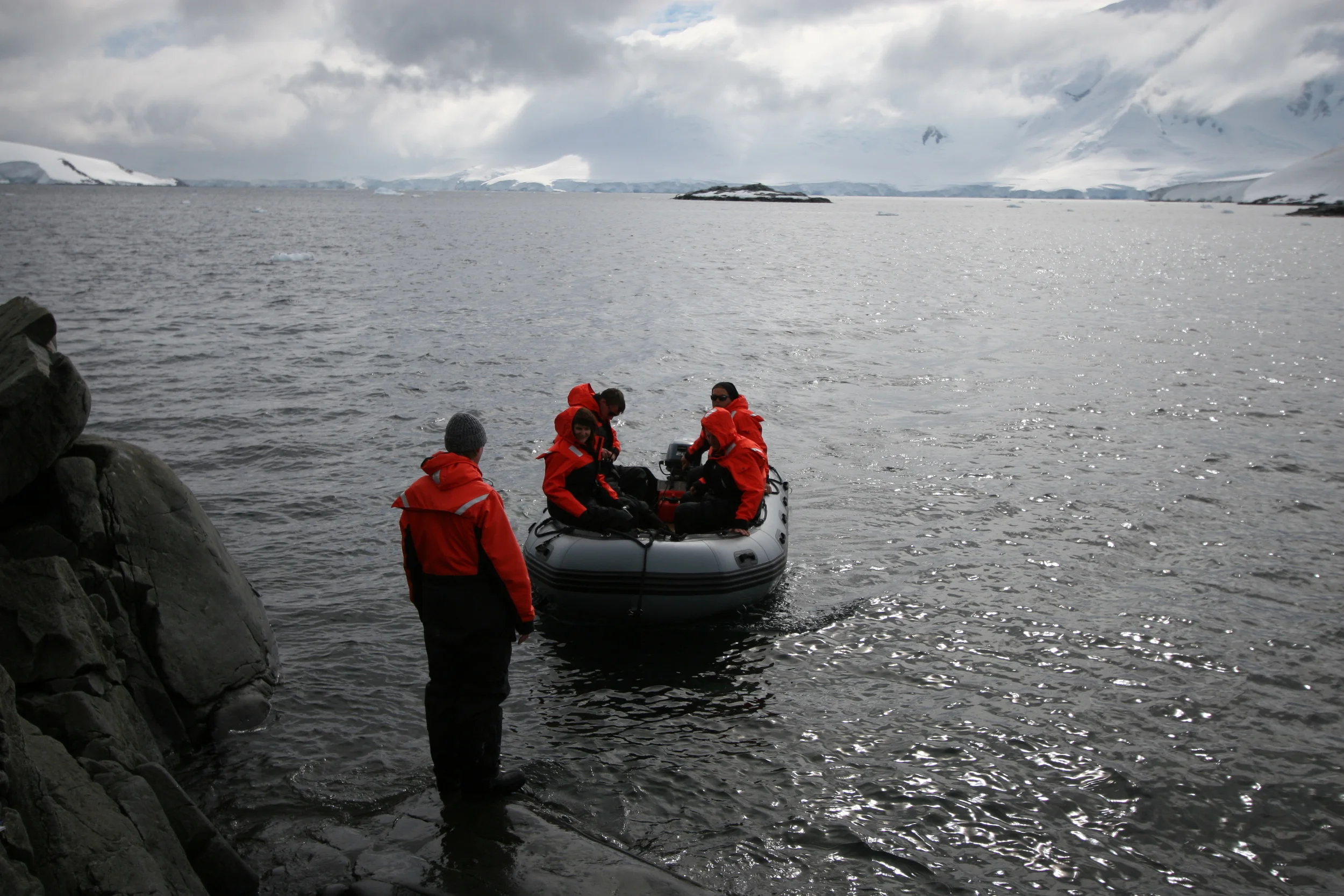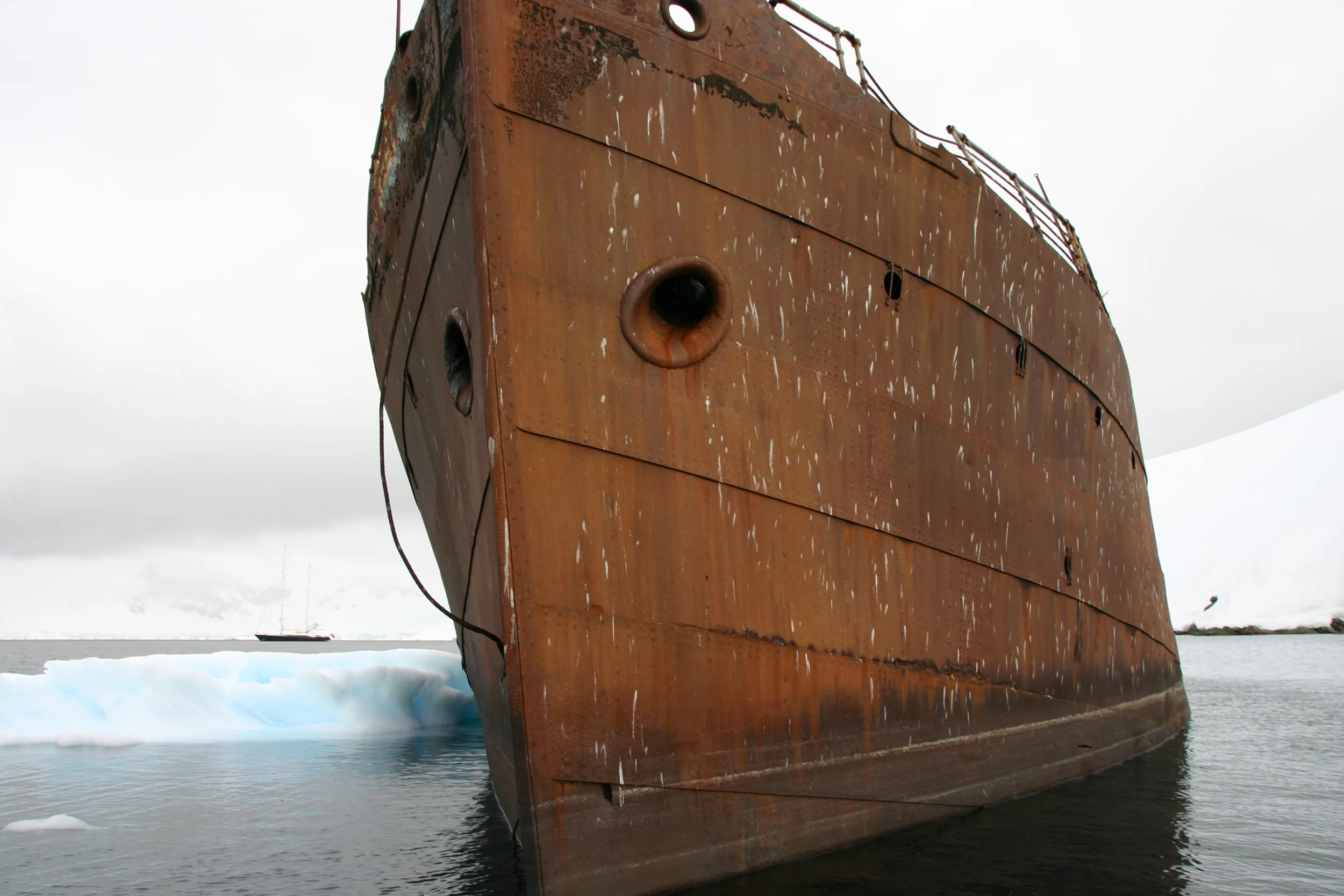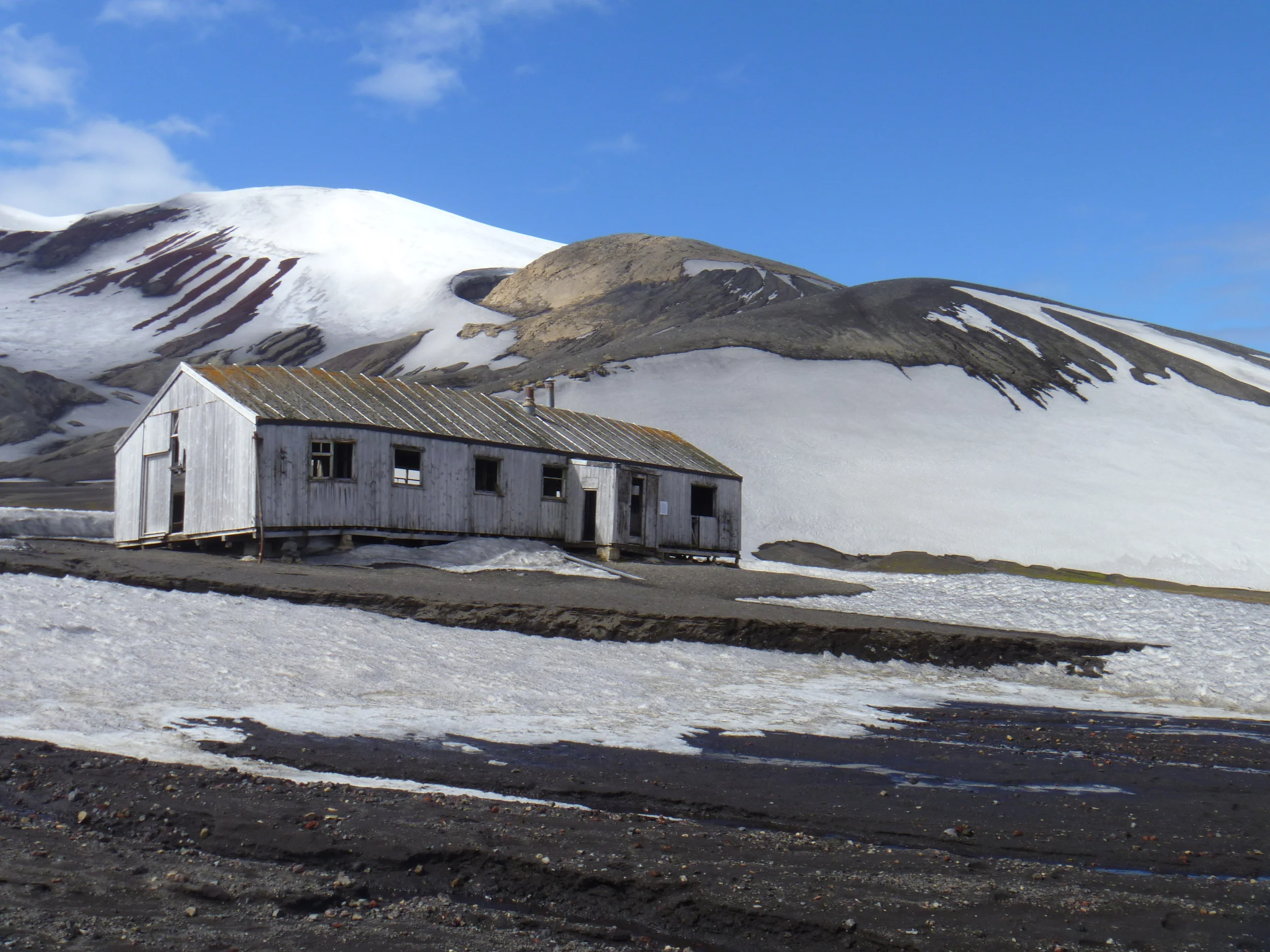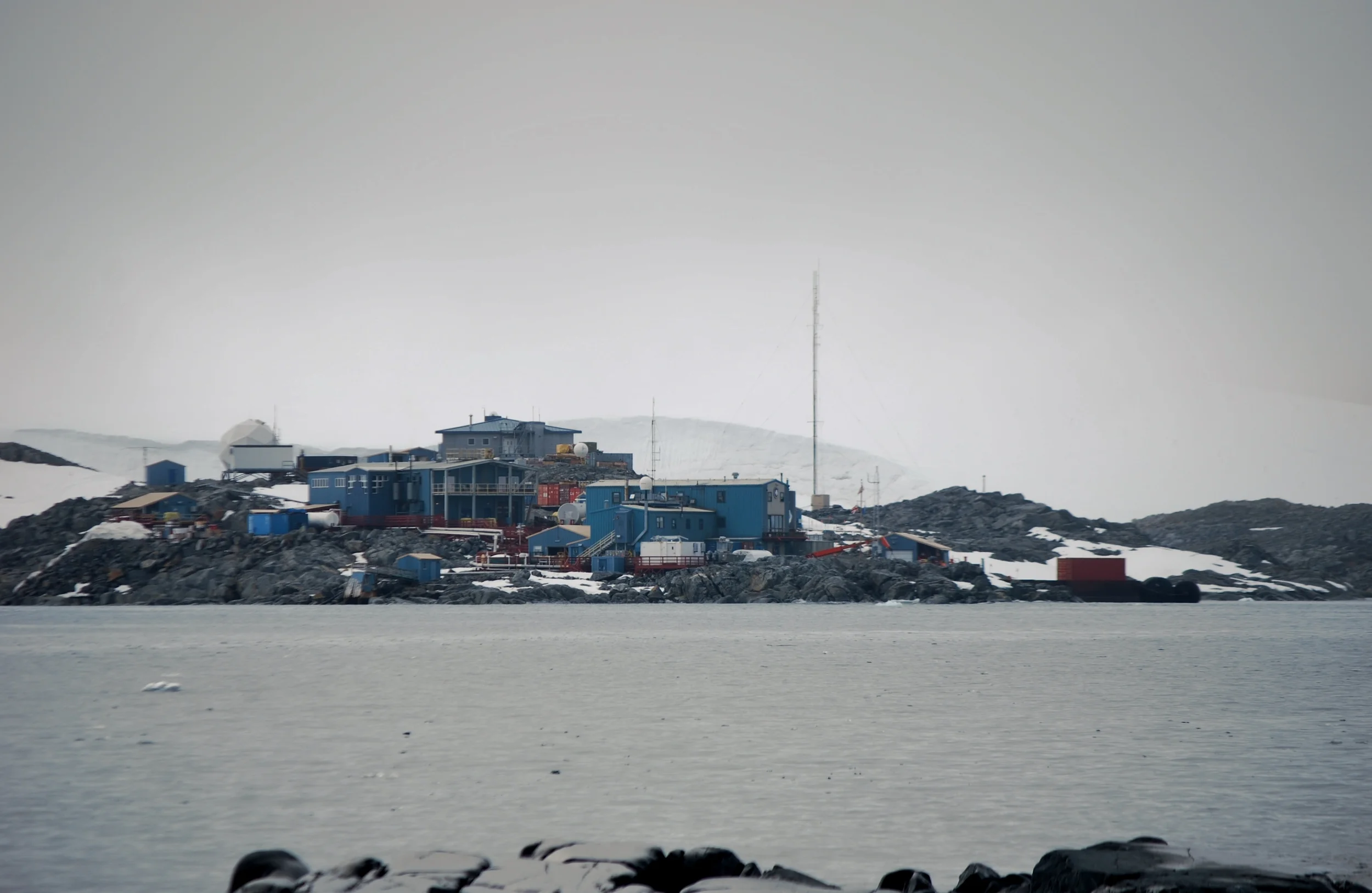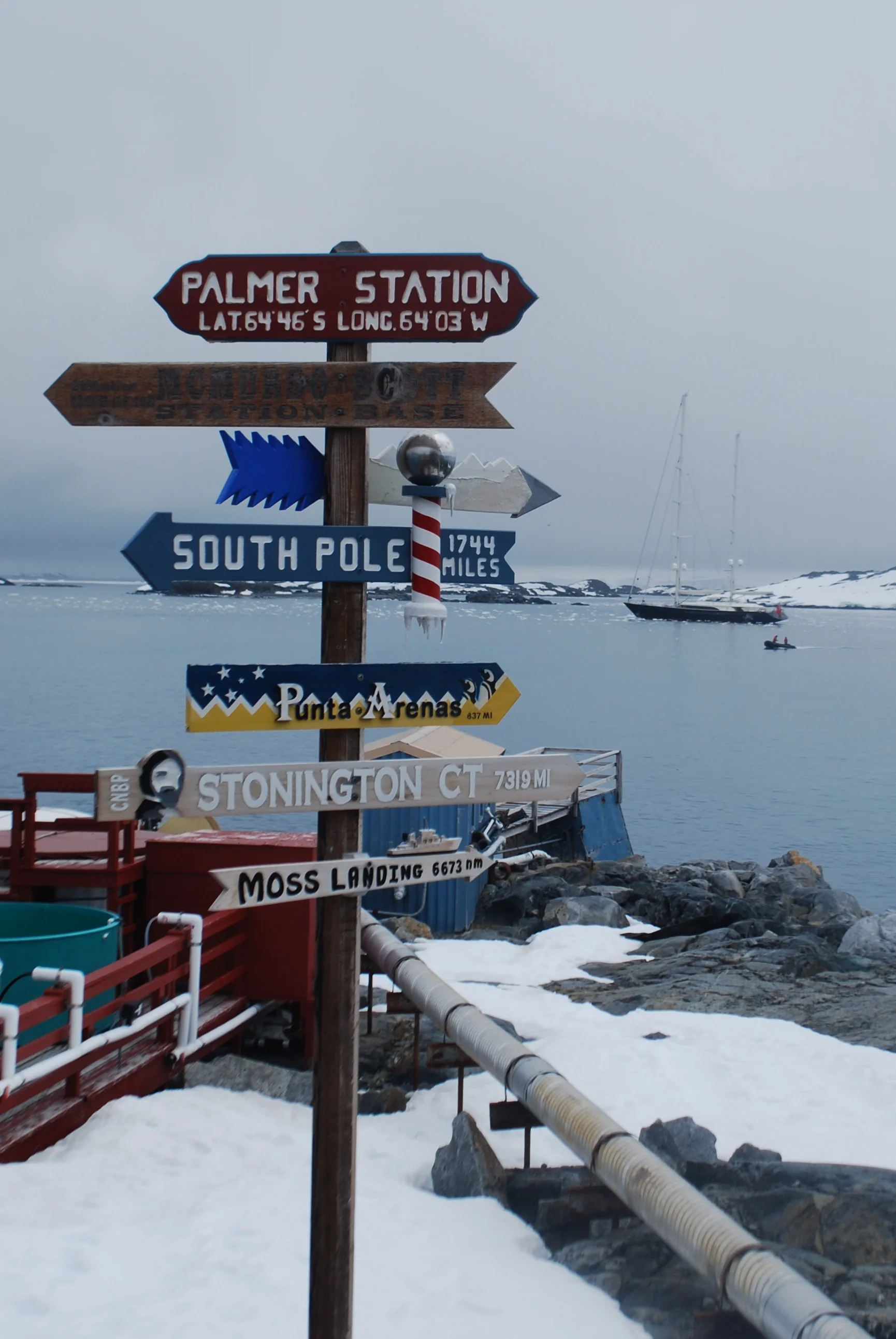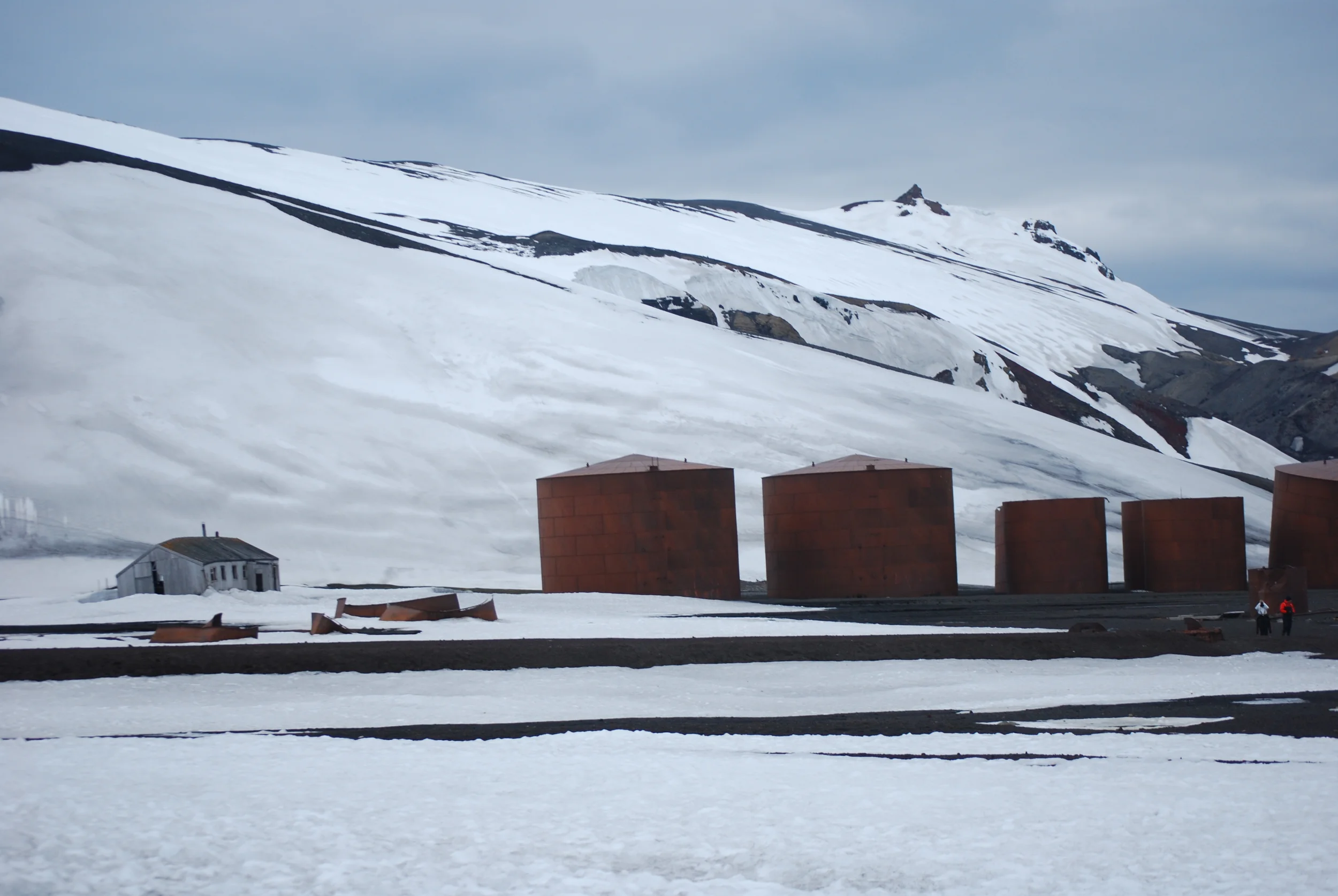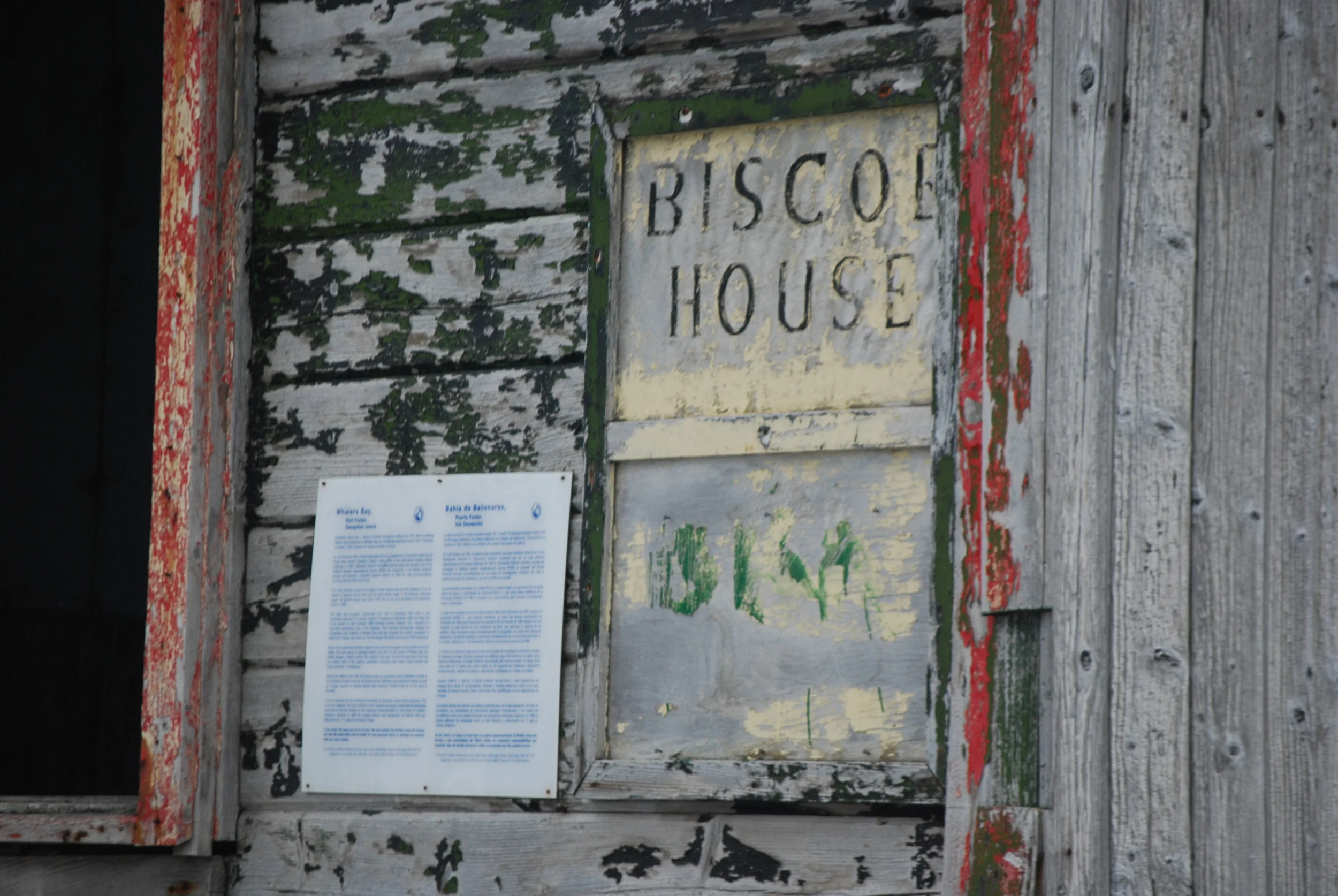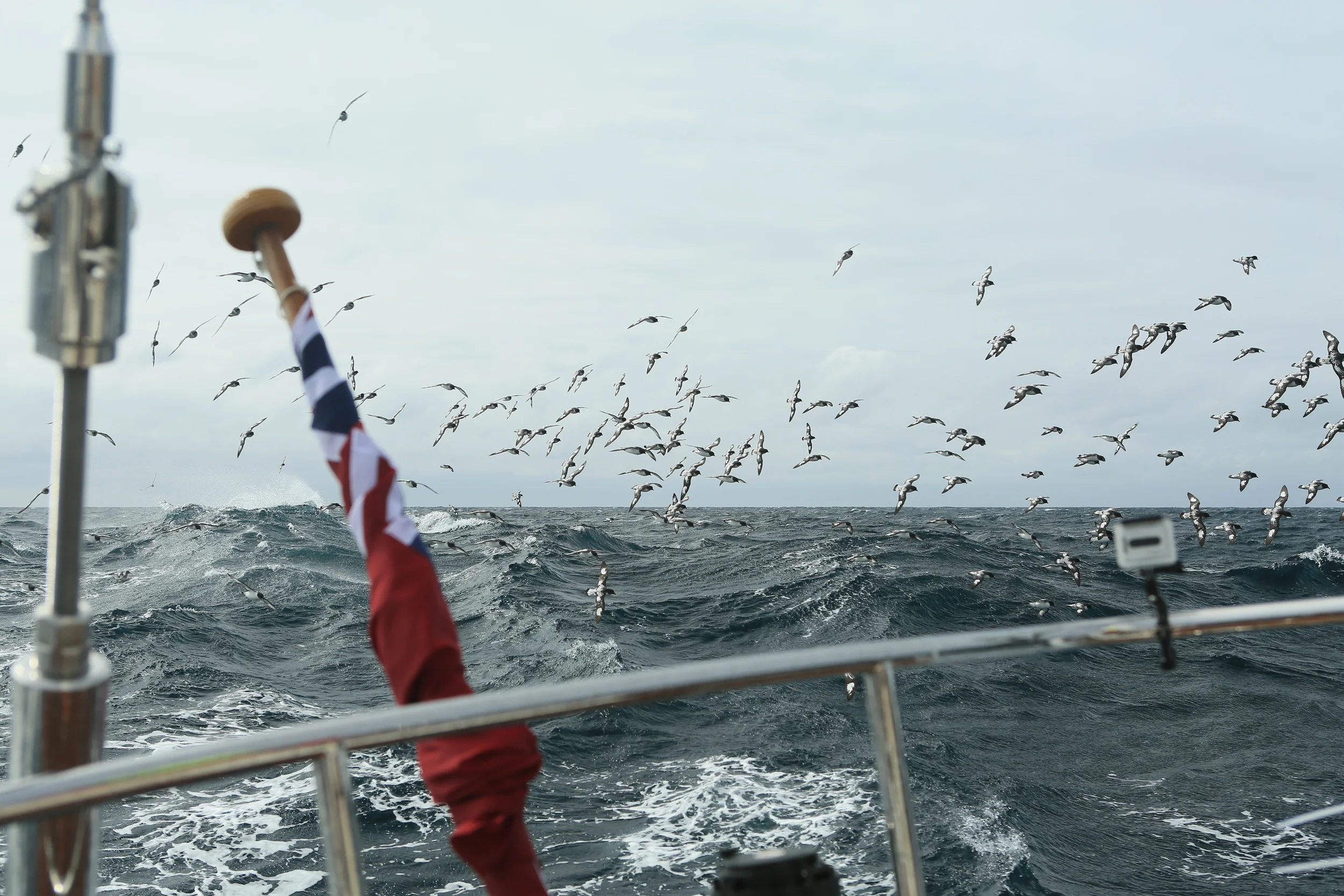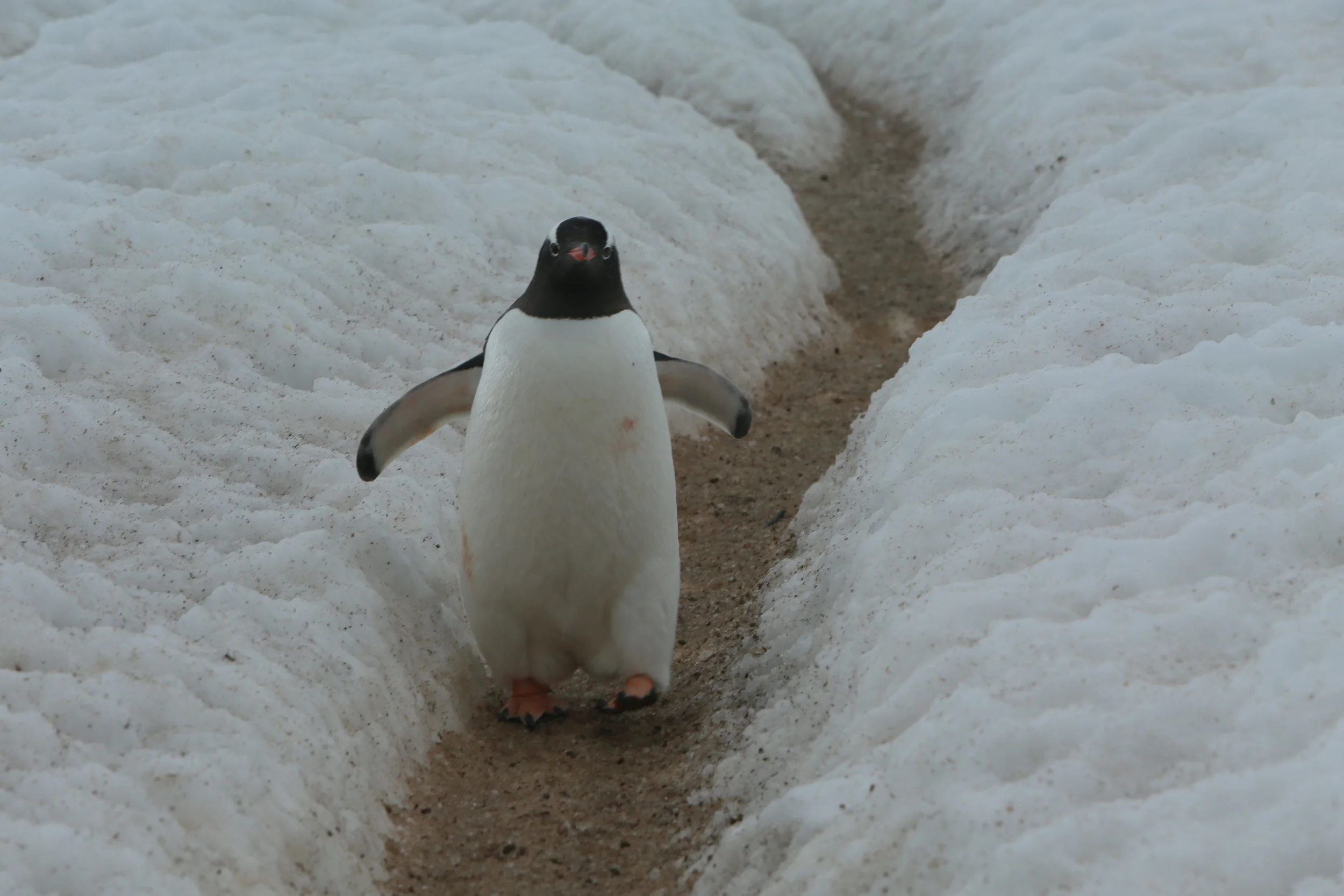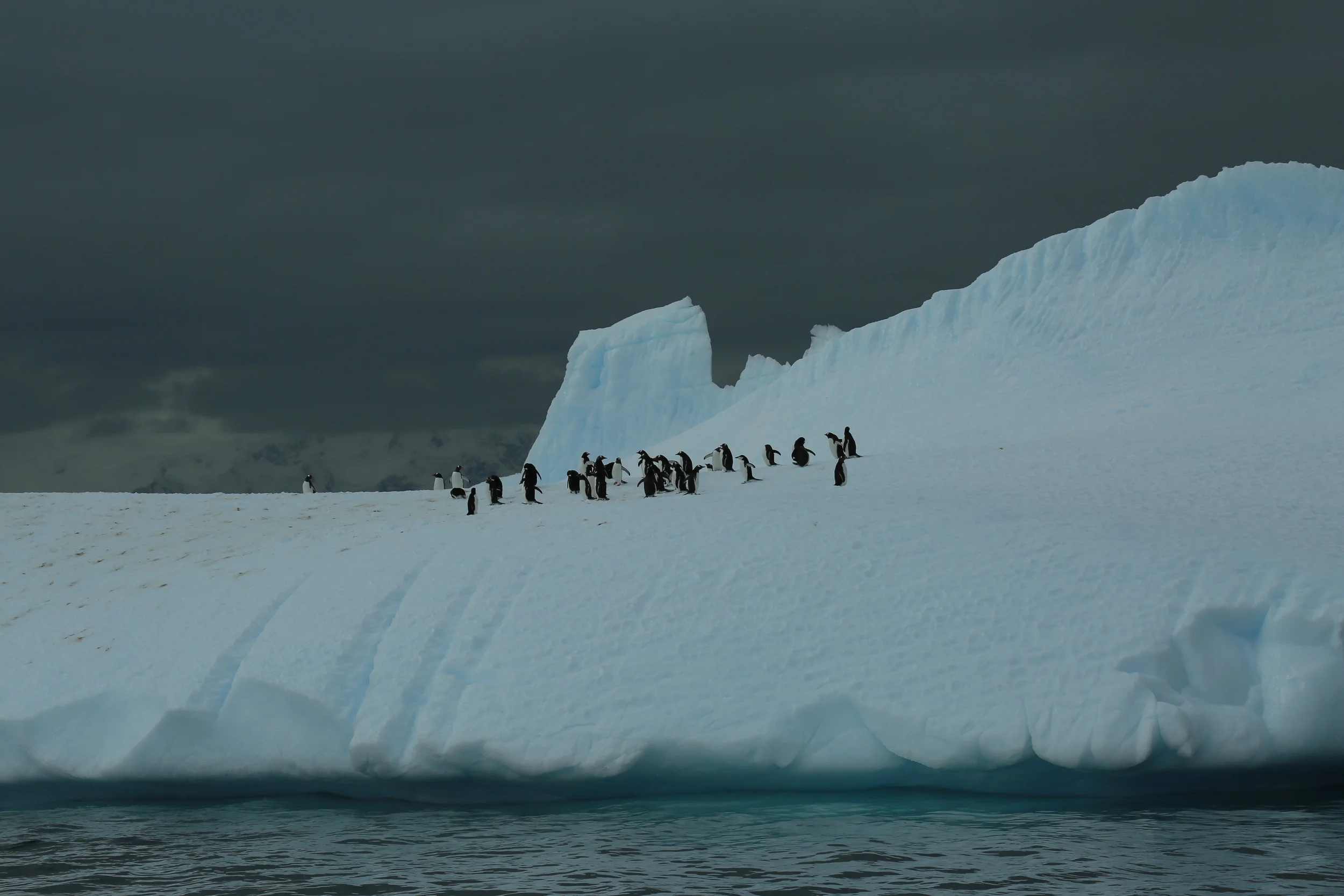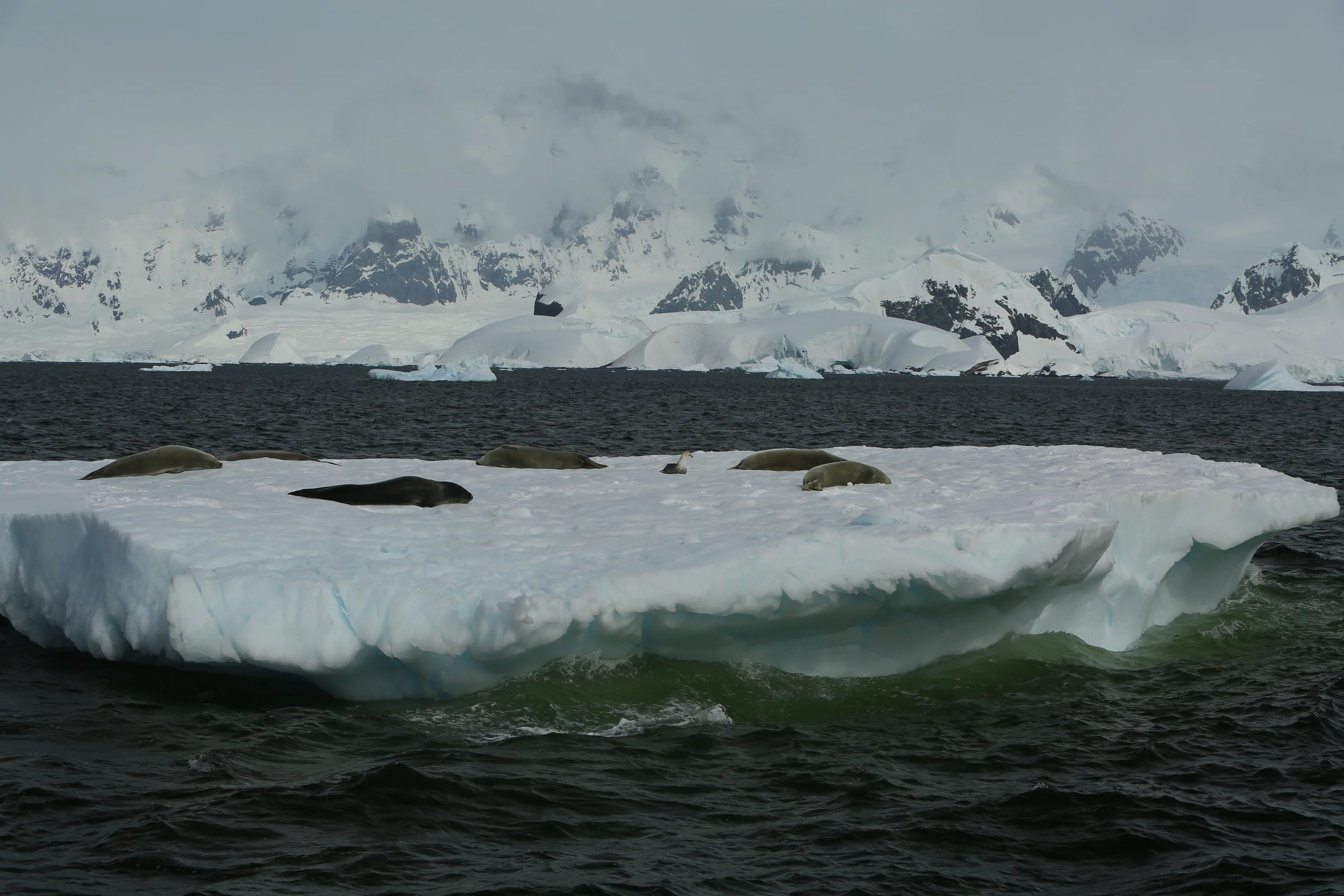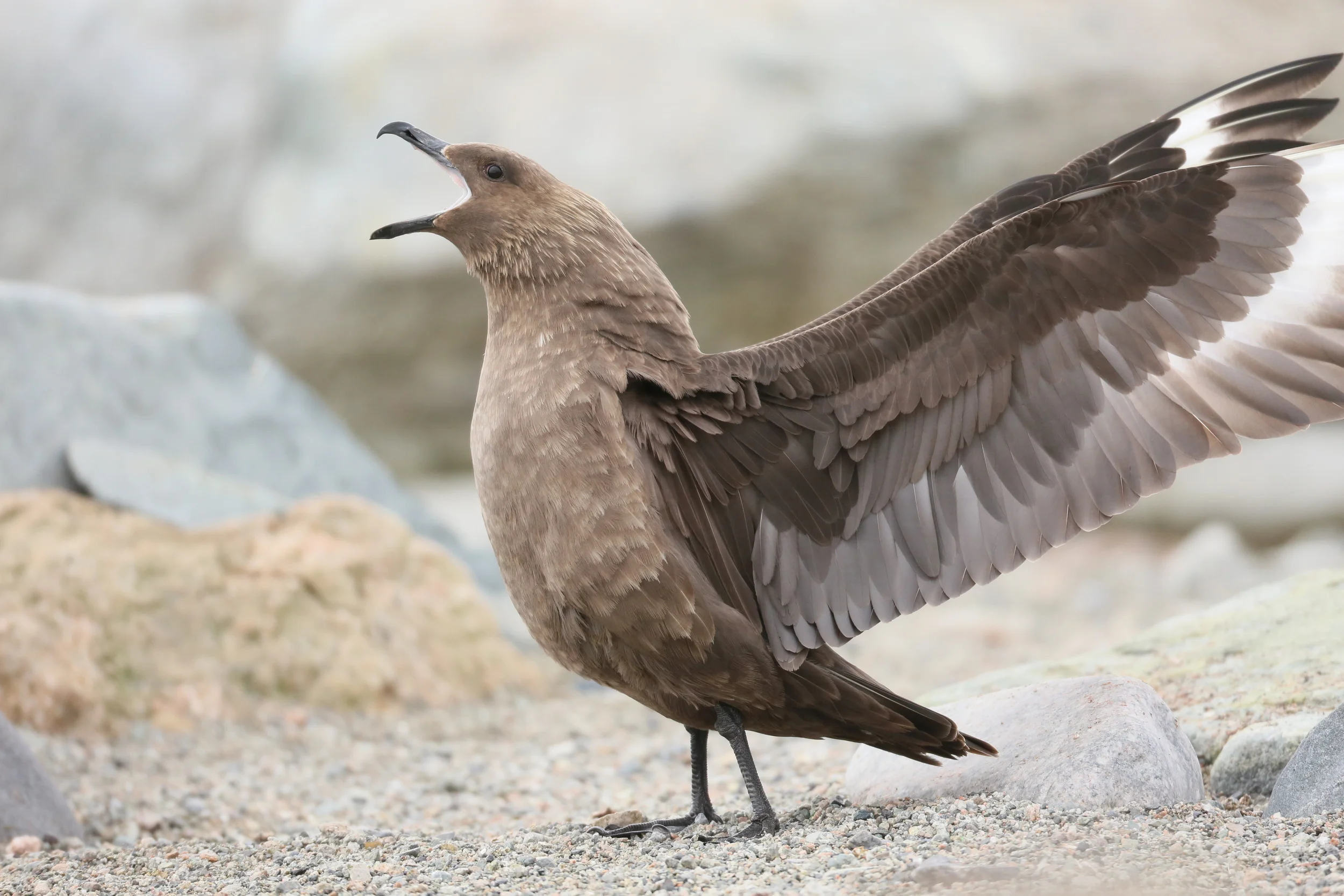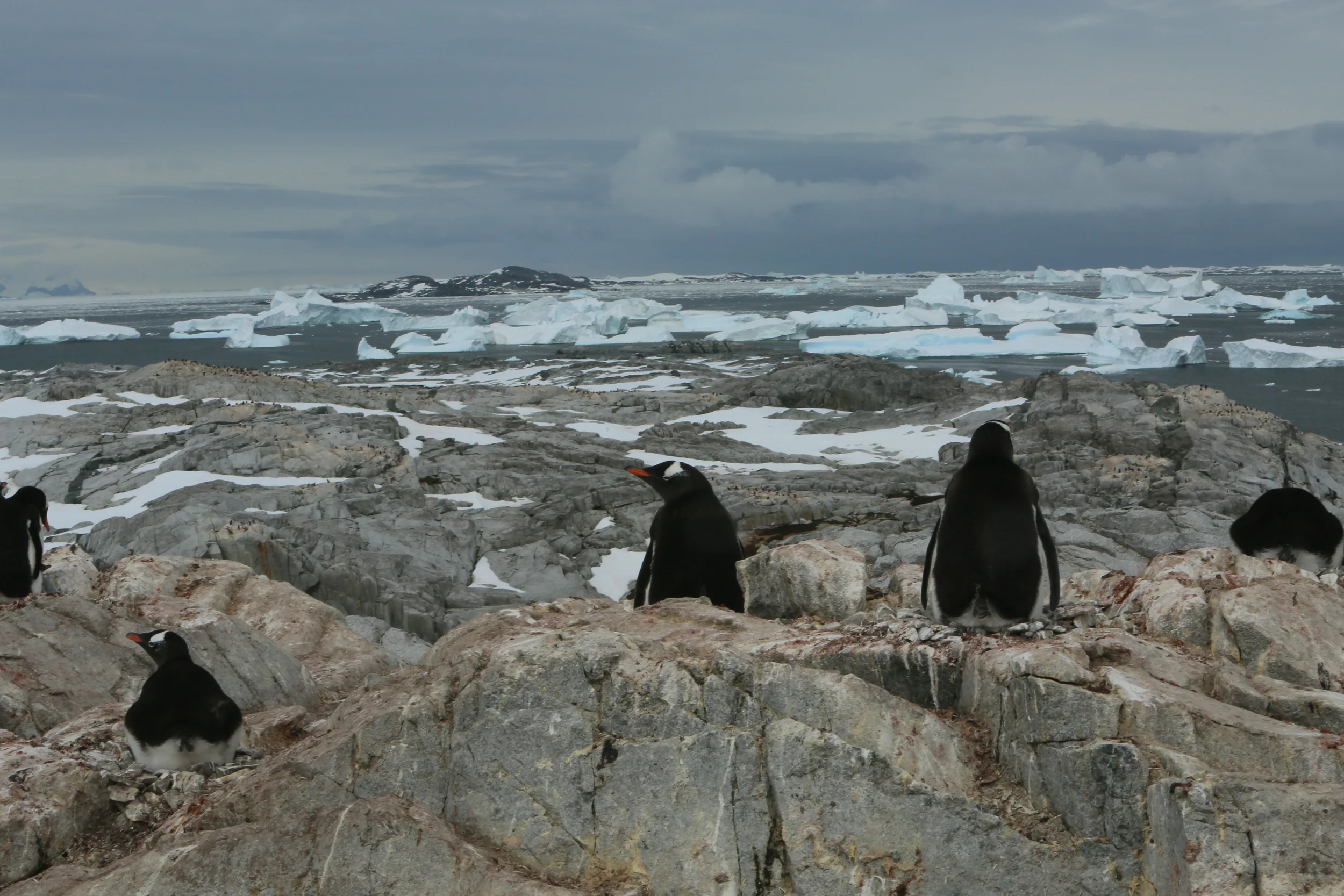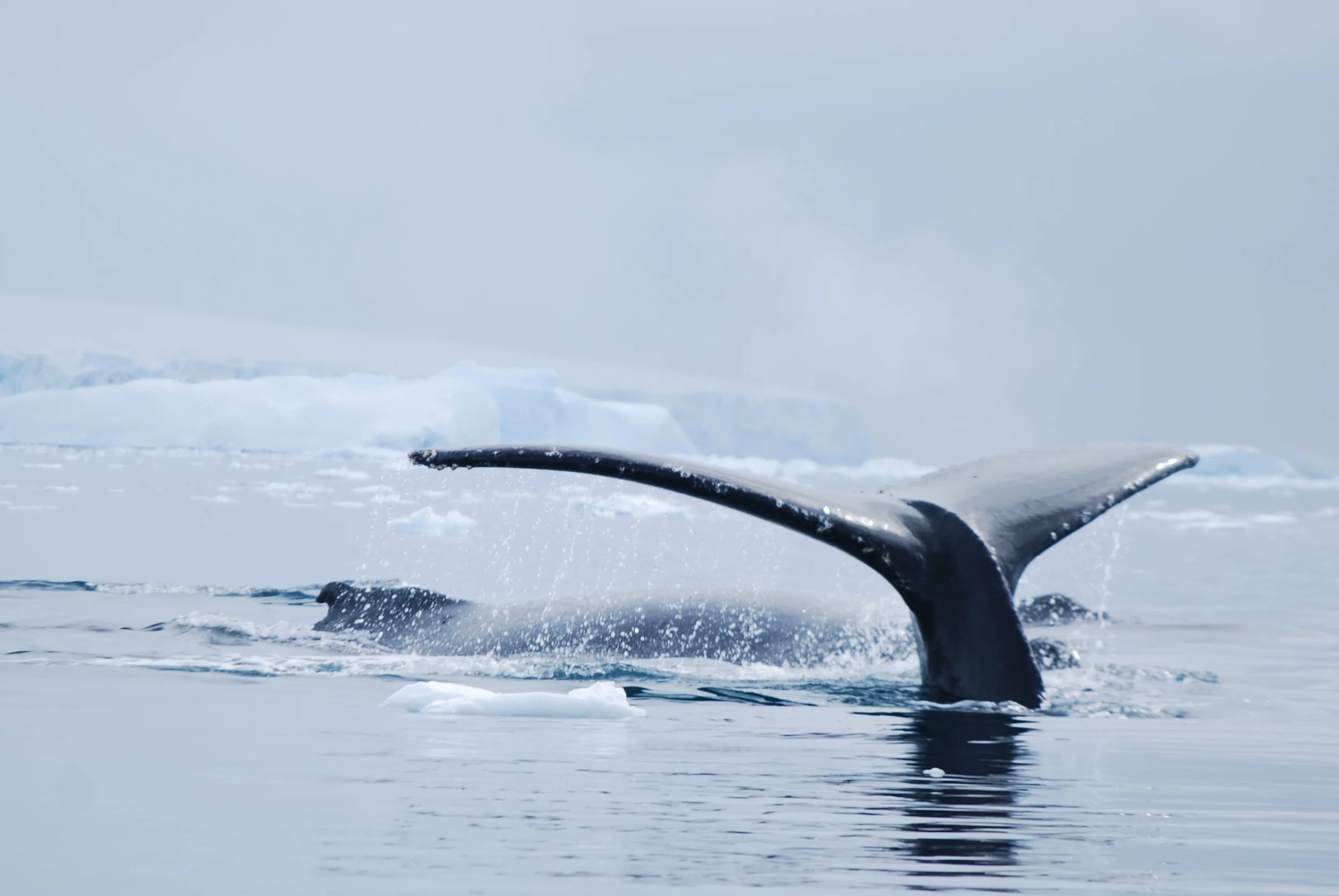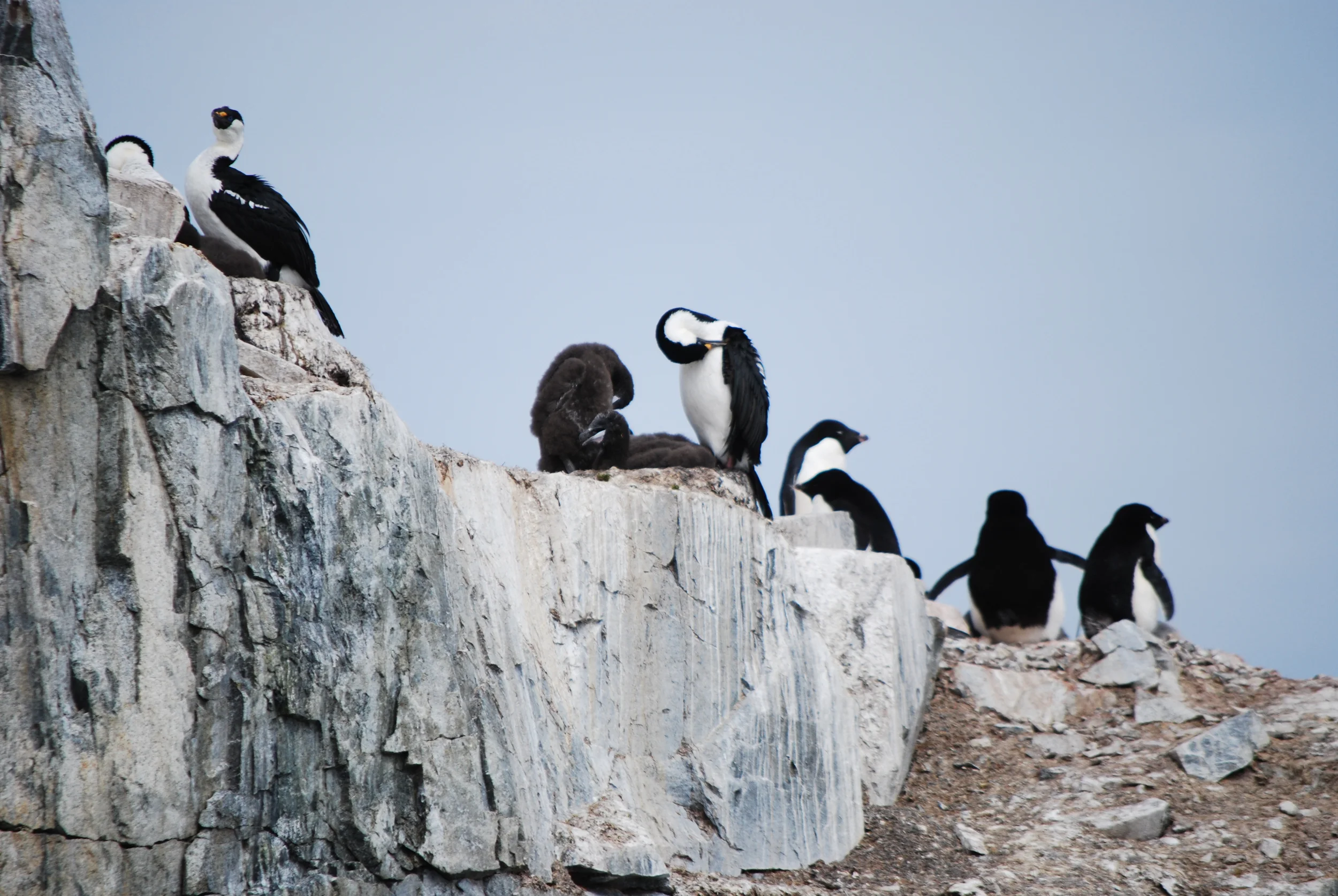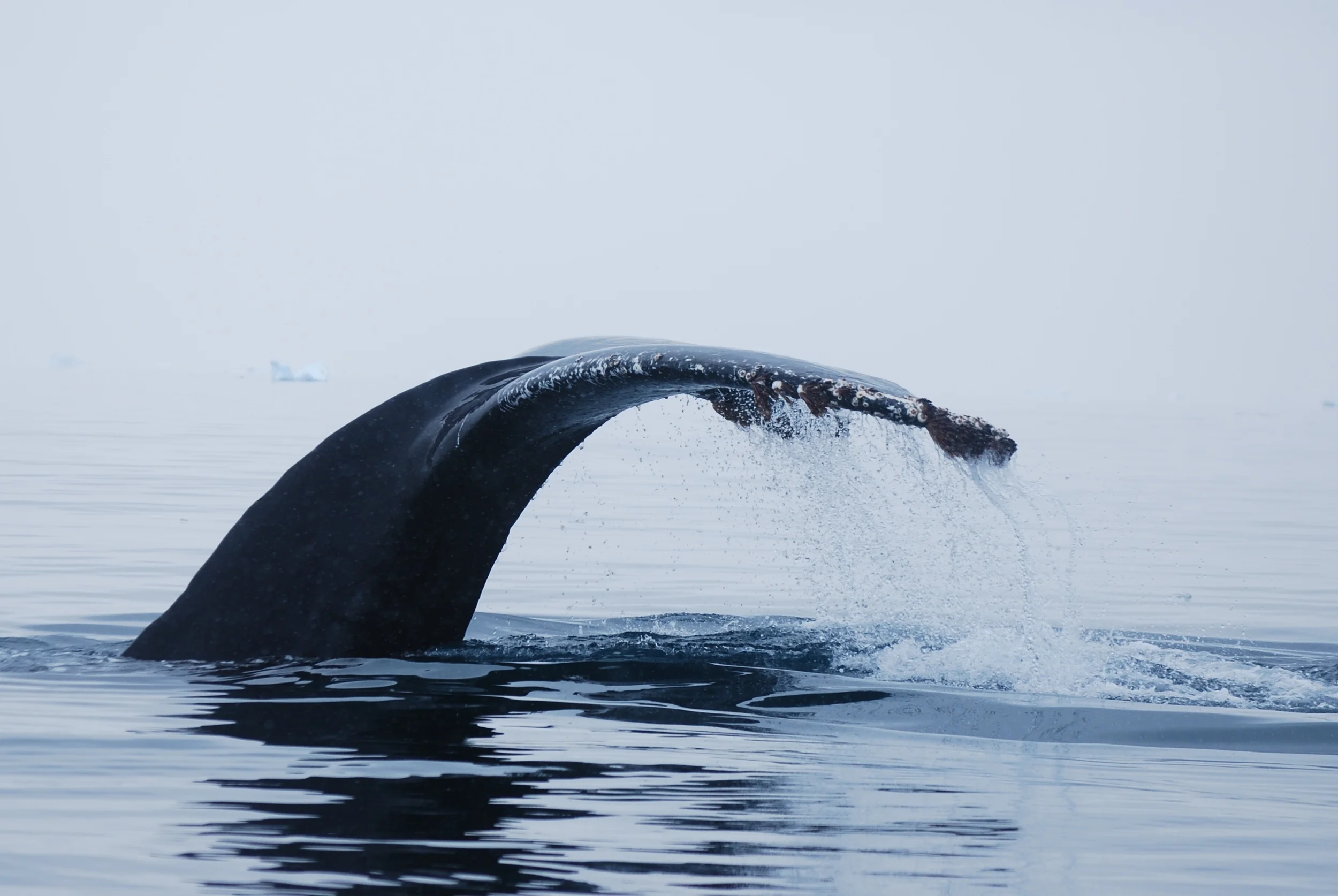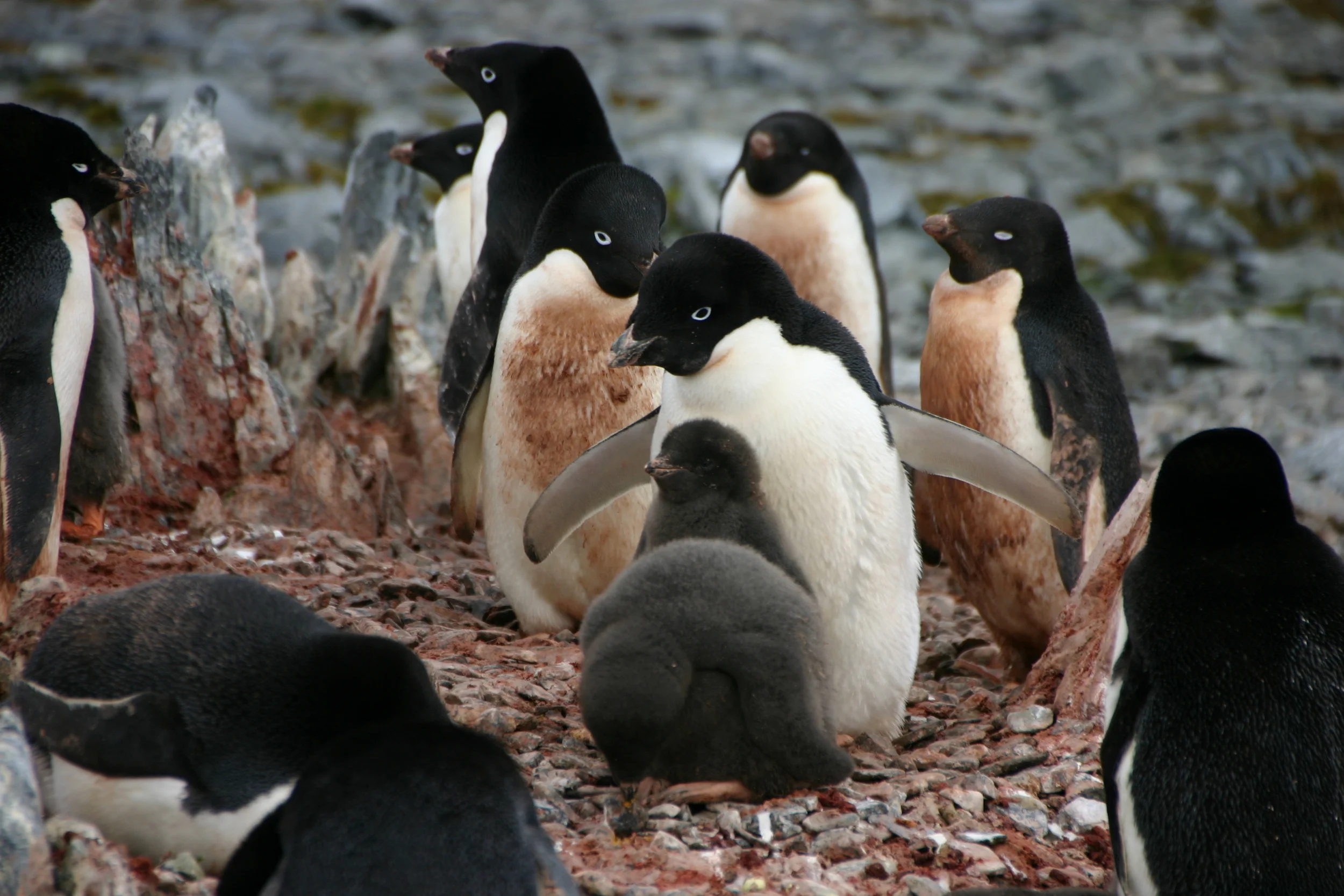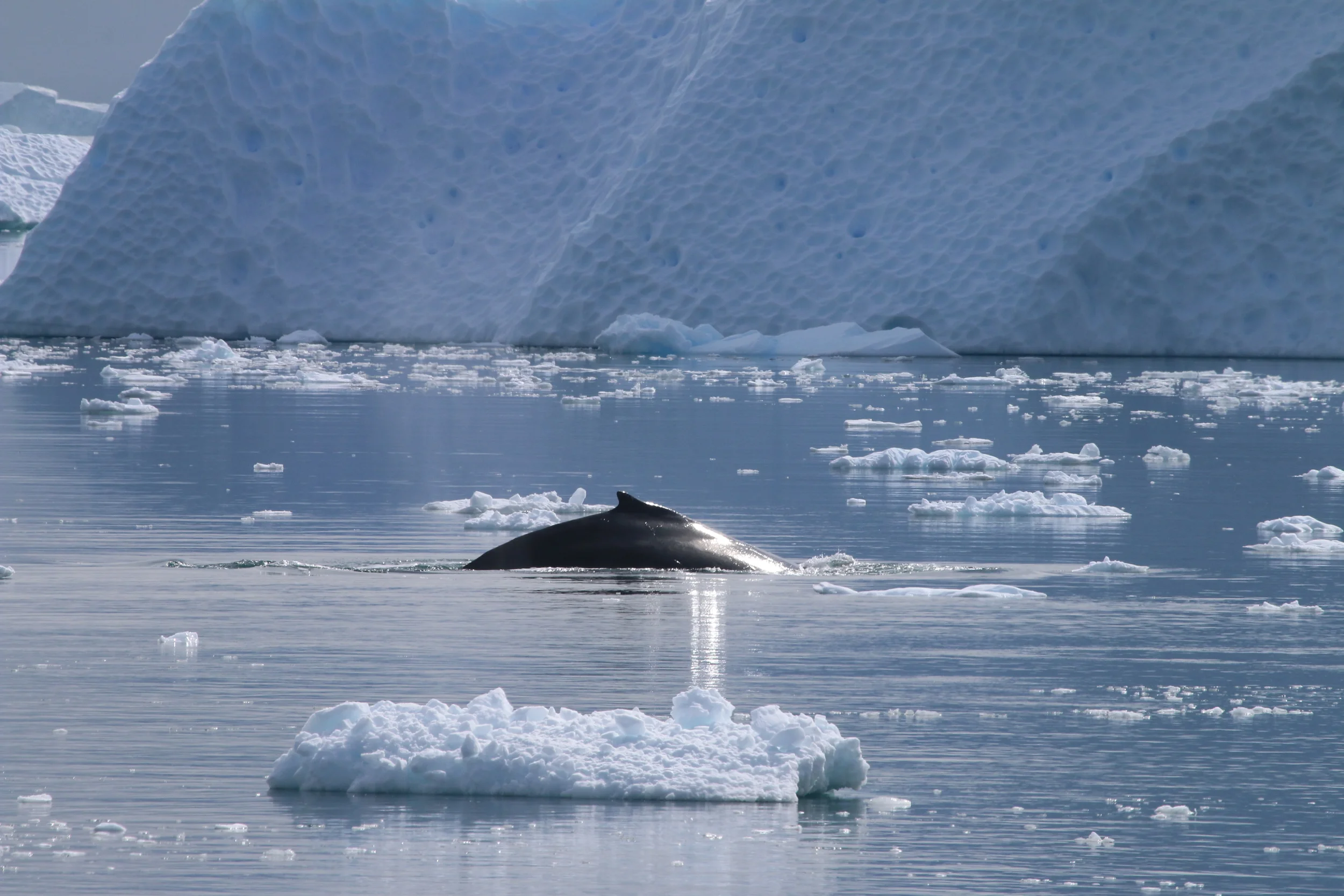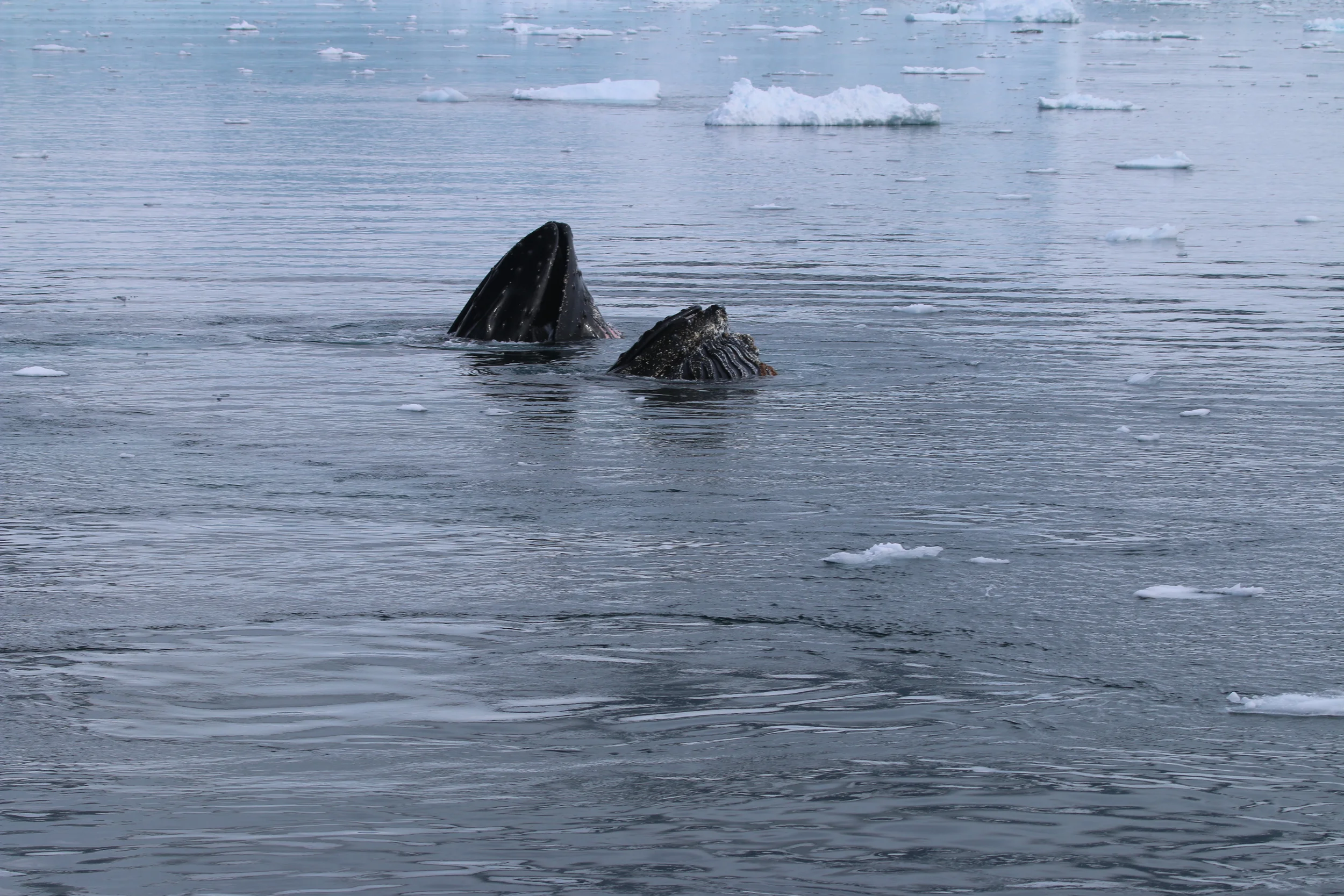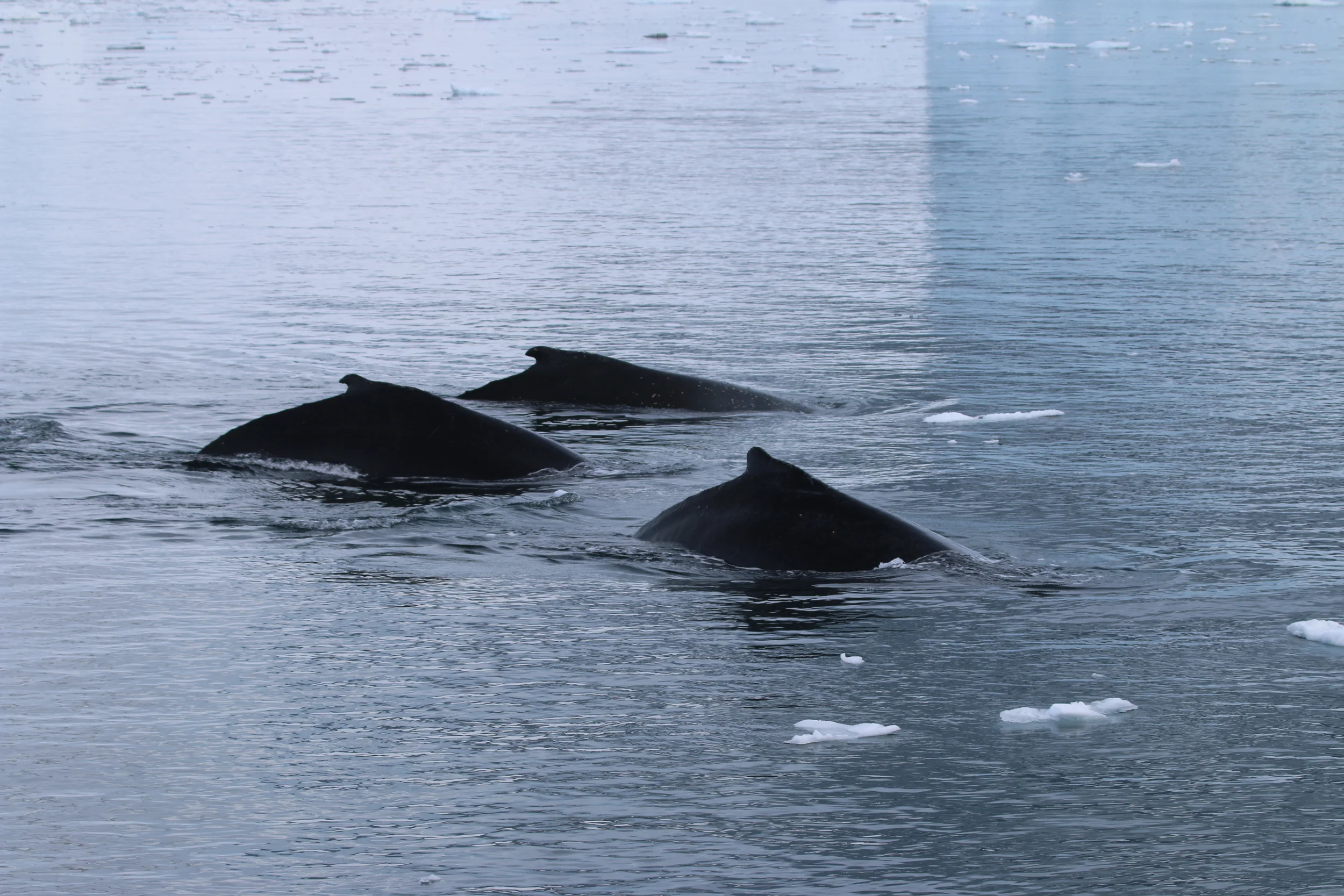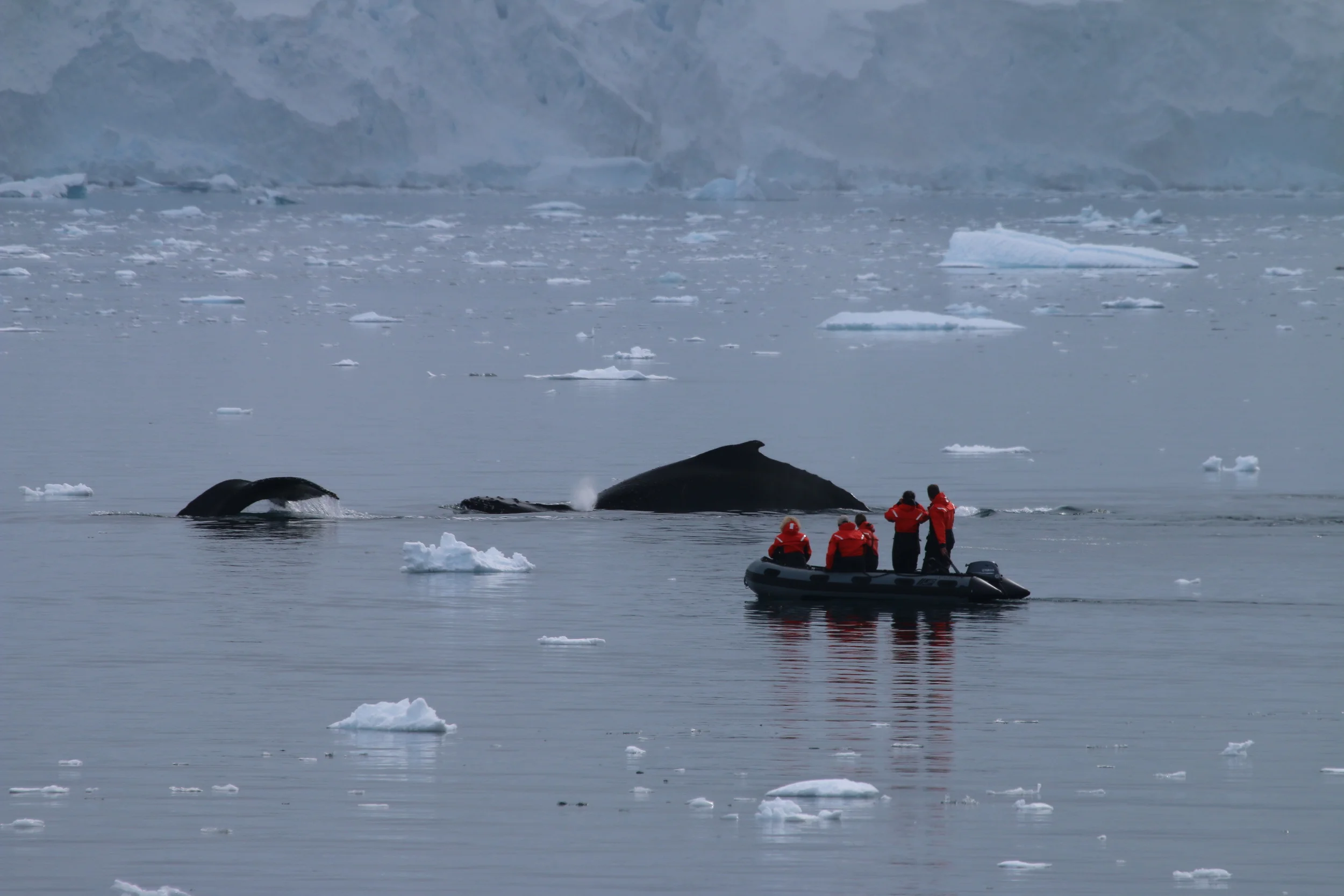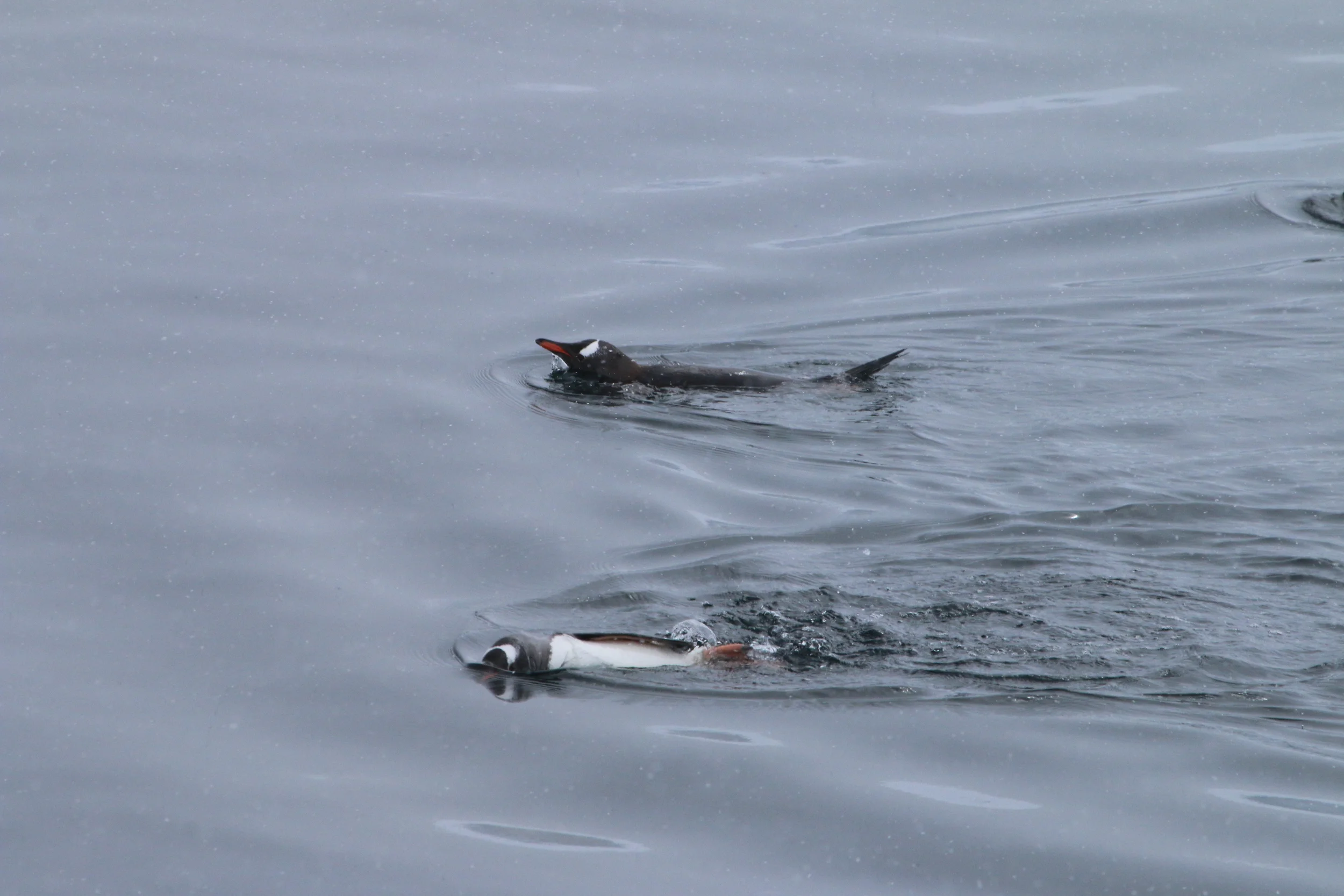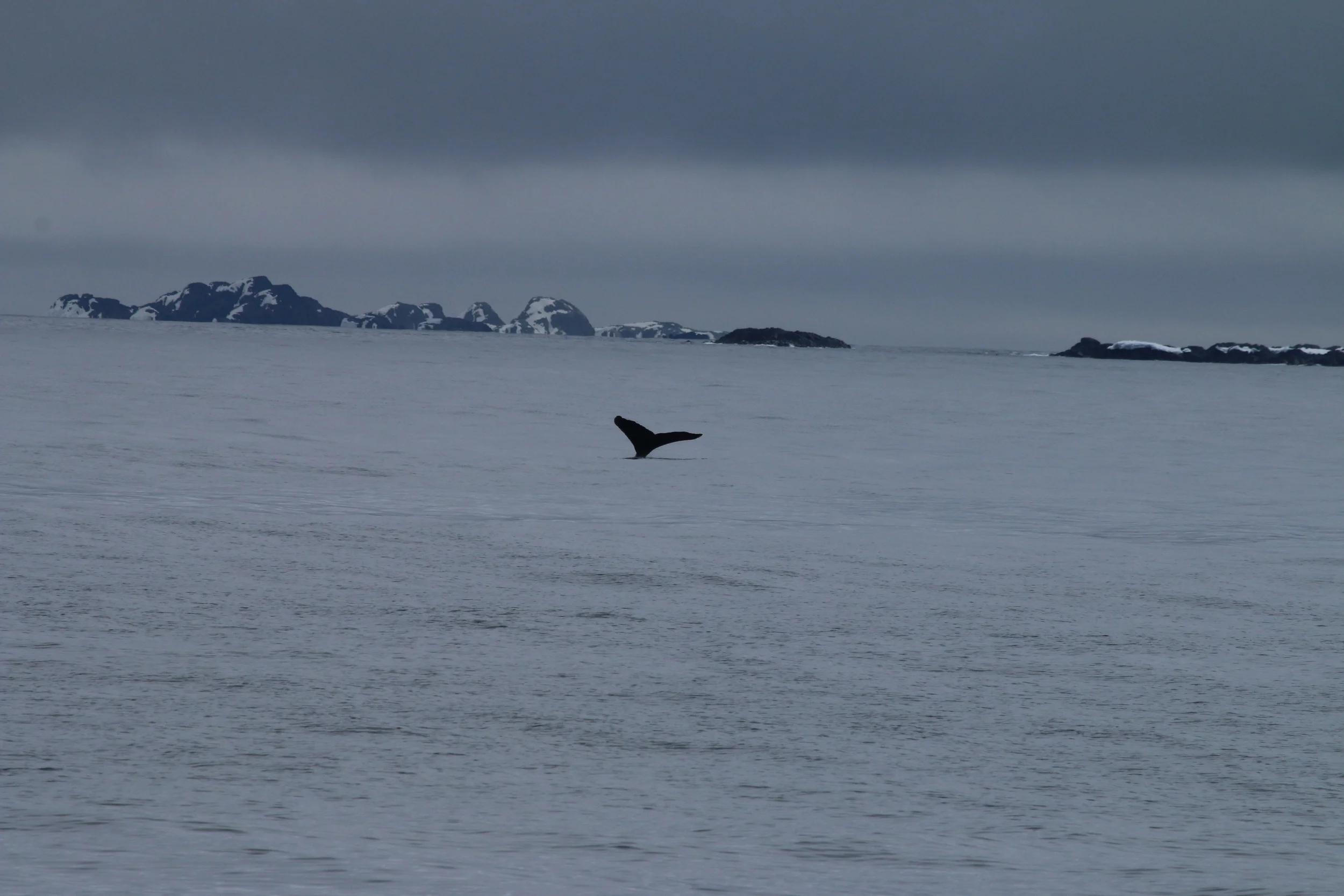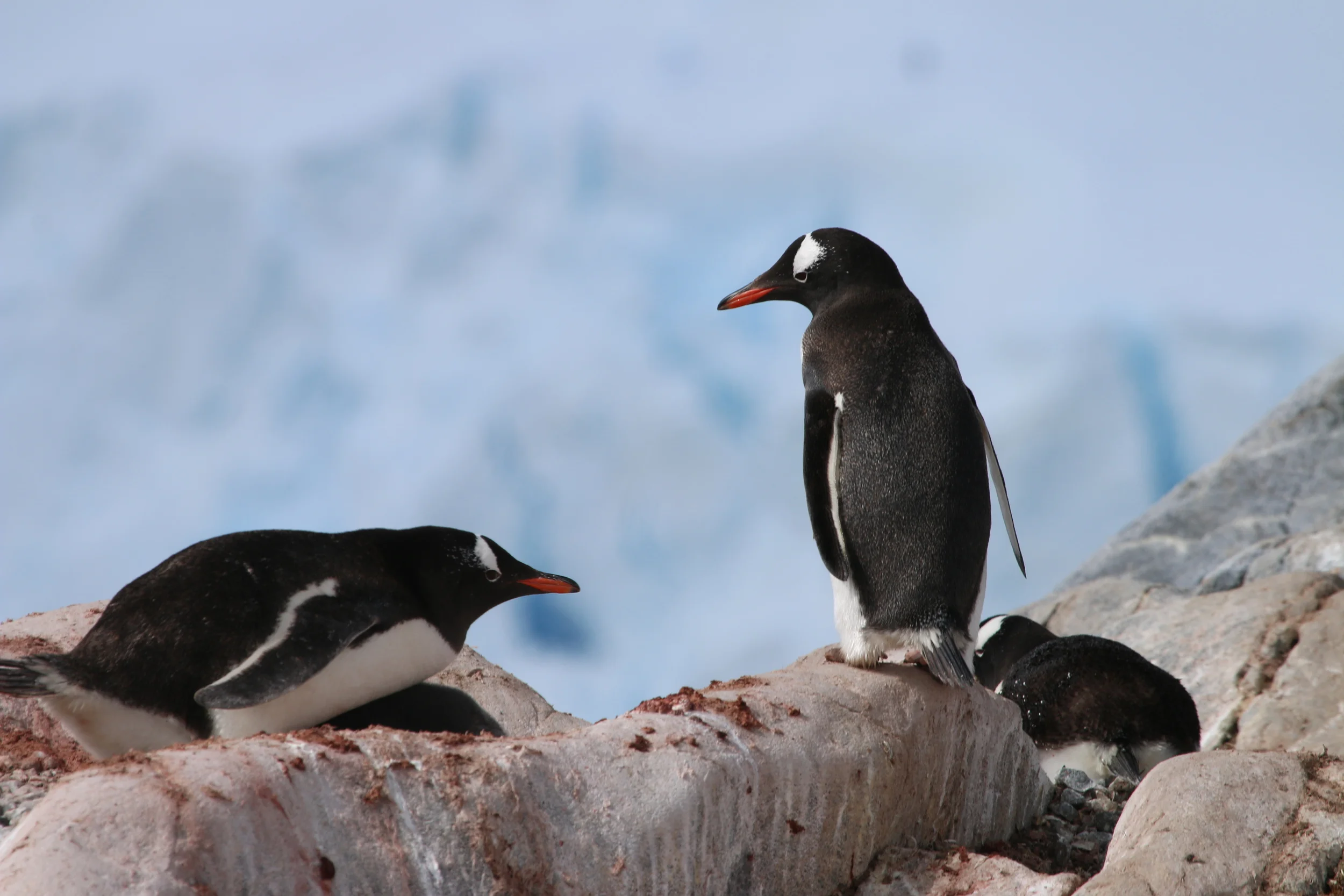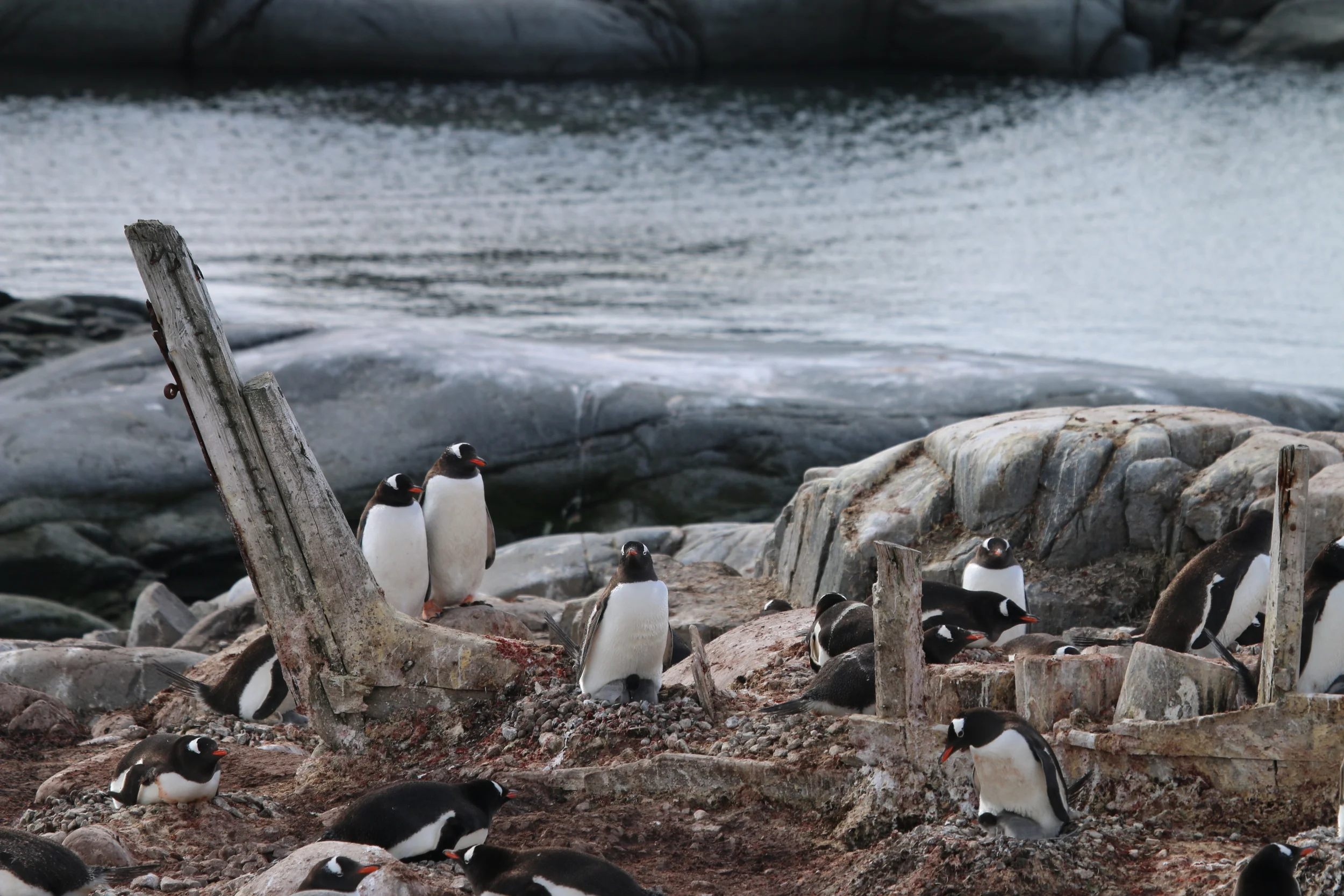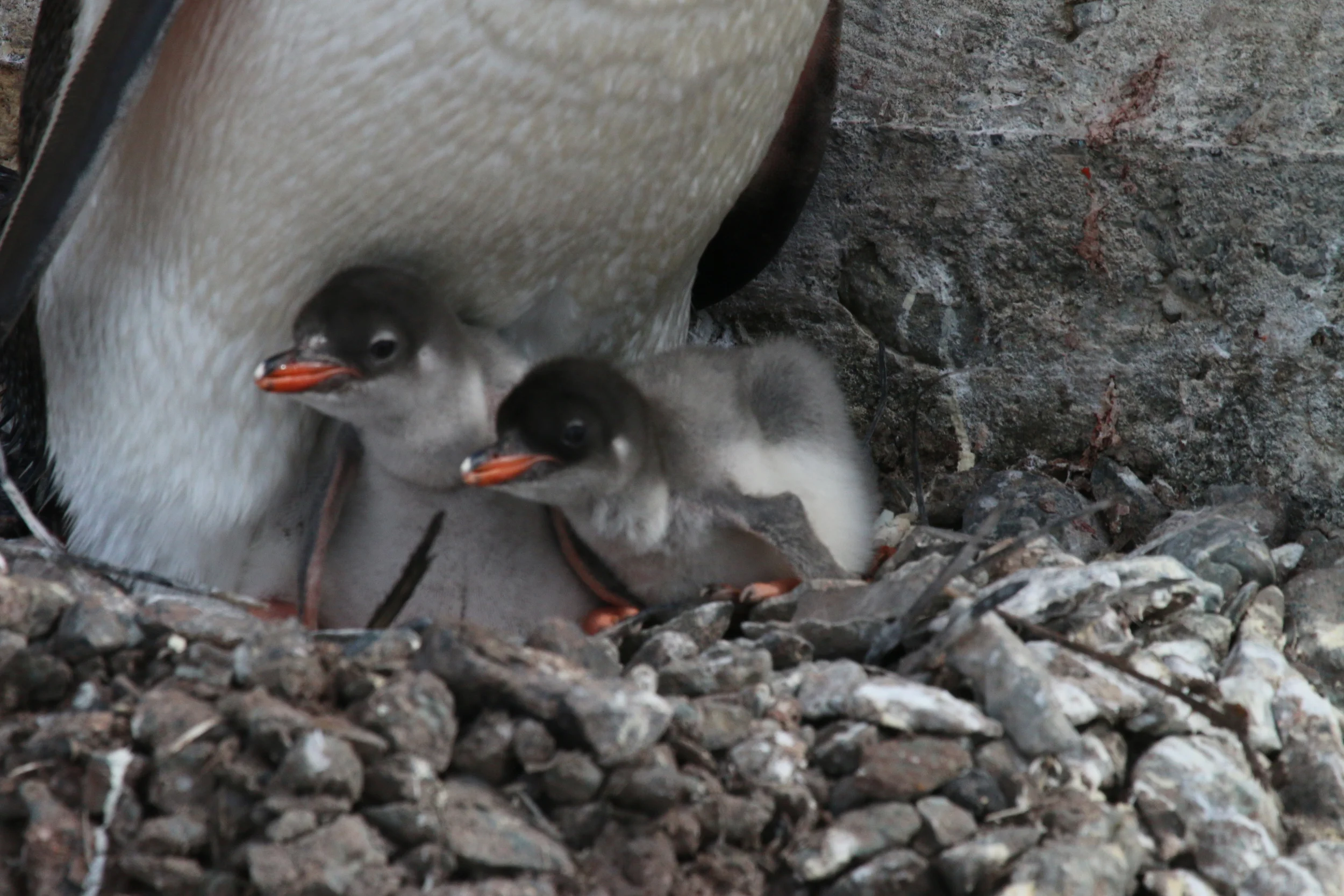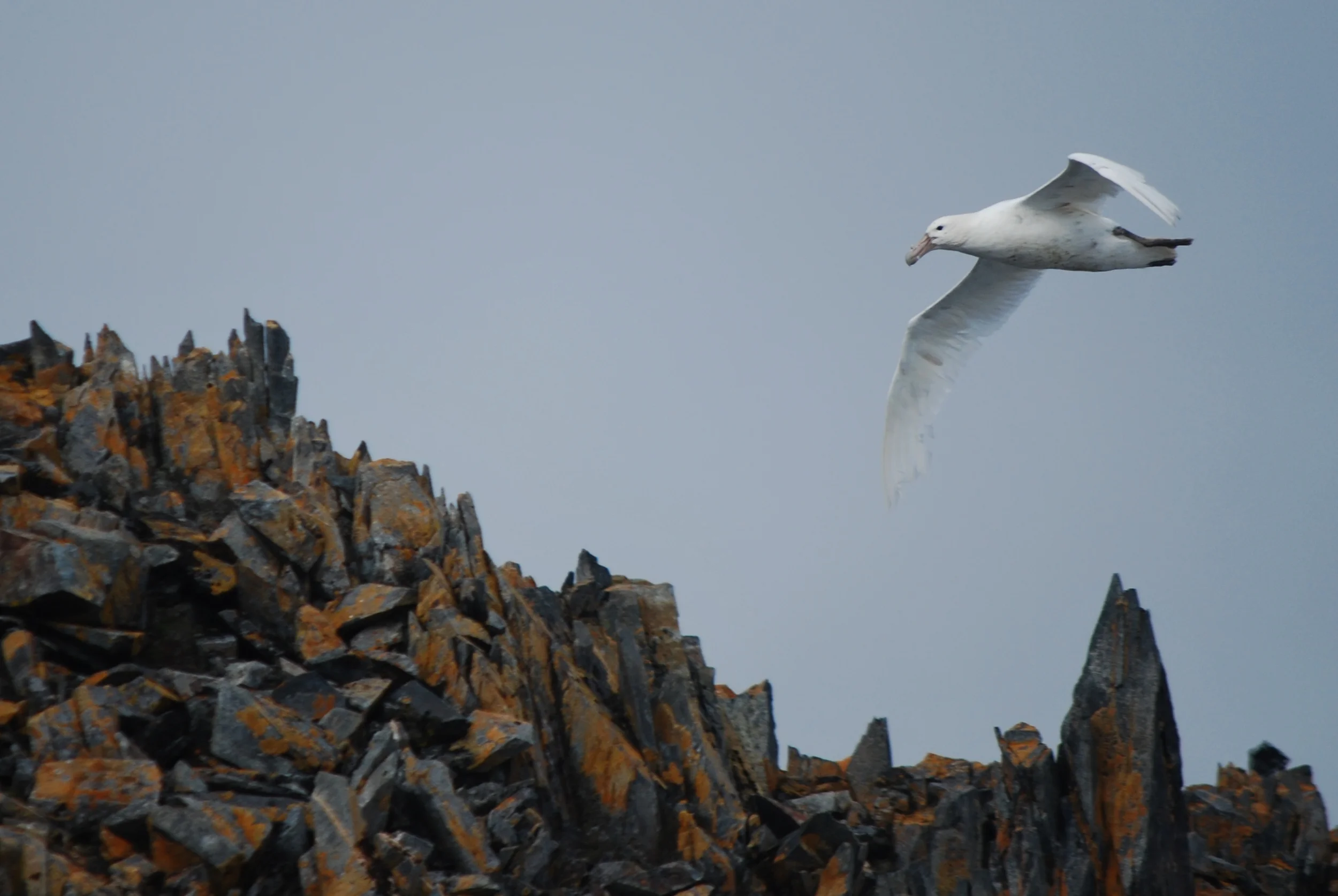DESTINATION - ANTARCTICA
Immerse Yourself in a Breathtaking Adventure
google earth
The Antarctica Peninsula is one of the most spectacular destinations yet, equally challenging for an expedition yacht to navigate. Exploring legends such as Cook, James Clark Ross, Scott, Shackleton, Palmer, Charcot, and Gerlache have traversed this polar magnificence since 1772. Our team, with extensive knowledge of these areas, protocols and laws, will expertly guide your journey through the polar convergence and into the Antarctic Treaty Zone.
Icebergs, wildlife and the natural beauty of the Antarctic Continent will be sure to amaze, with explorations into an active volcano caldera and a polar plunge into thermally heated waters creating an unparalleled sailing experience for you and your guests.
Ways to get there:
Via sail – From Cape Horn across the infamous Drakes Passage (a few days)
Via plane - Fly from Punta Arenas, Chile to the South Shetlands (four hours)
Ideal months to explore:
December - February
If you would like to decrease your ‘commute’ time south by days to avoid crossing Drakes Passage and join your yacht in the South Shetlands, you can fly in. Remember however, the Southern Ocean weather does not always comply and flying windows can require waiting in Punta Arenas or King George Island for up to four days.
“The south pole lies at the center of a vast continent that is so far from populated parts of the world that humans did not even glimpse its coasts until less than 200 years ago.
The fringes of sea ice that surrounds the continent like a gigantic white skirts is beginning to fragment. Mountains that once appeared to be lying well inland are now revealed to be islands. These changes are having a radical effect on polar animals.
Frozen Planet may well prove to be our last change to record, in their full splendour, this astonishing wonderland that has existed for hundreds of thousands of years and which now, within a century, may change beyond recognition. ”
“From where, therefore, comes that peculiar lure of these polar regions? ... Amid this desolation and death, I have experienced a more vivid pleasure of my own life. I feel that these regions make a kind of religious impression on one... The man who penetrates his way into these regions feels his soul uplifted...
My eyes turn to the motto on the poop-deck which ..... has spurred on and supported us all through this expeditions .... Standing out against the sky and flapping in the wind, our ship’s ensign answer me, Pourquoi-Pas? (Why not?)”
“The beaches were as good as paved with guineas, such was the number of seals, and so valuable their skins. ”
